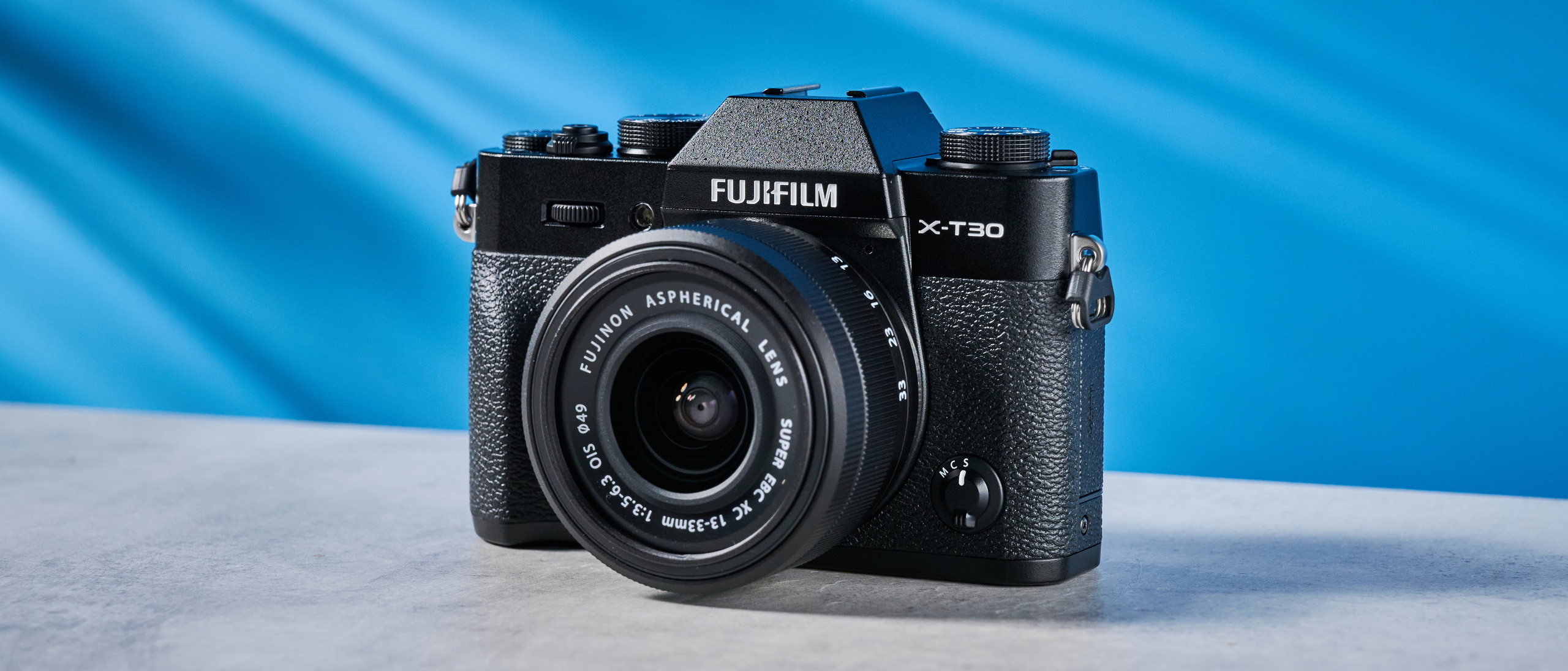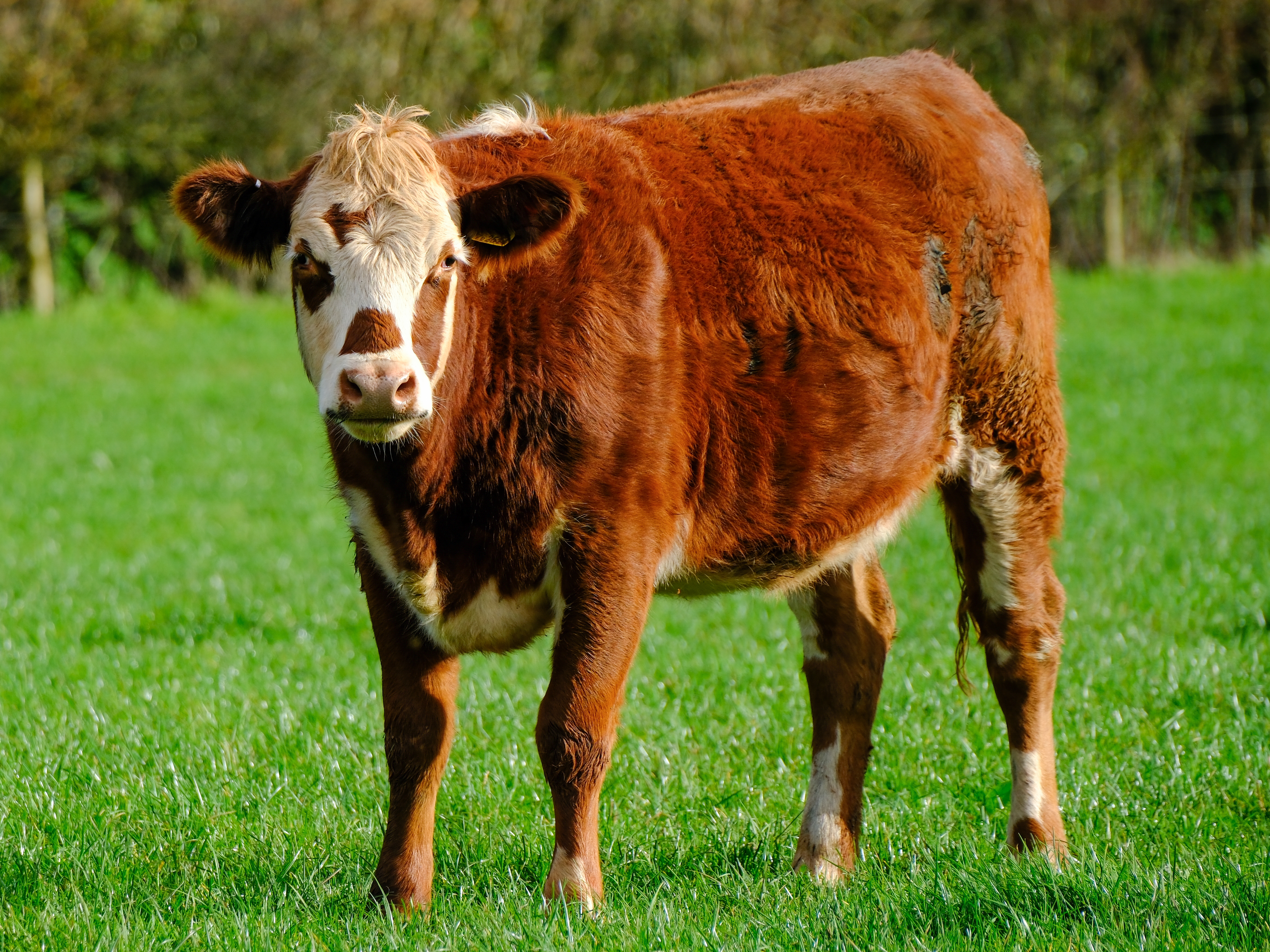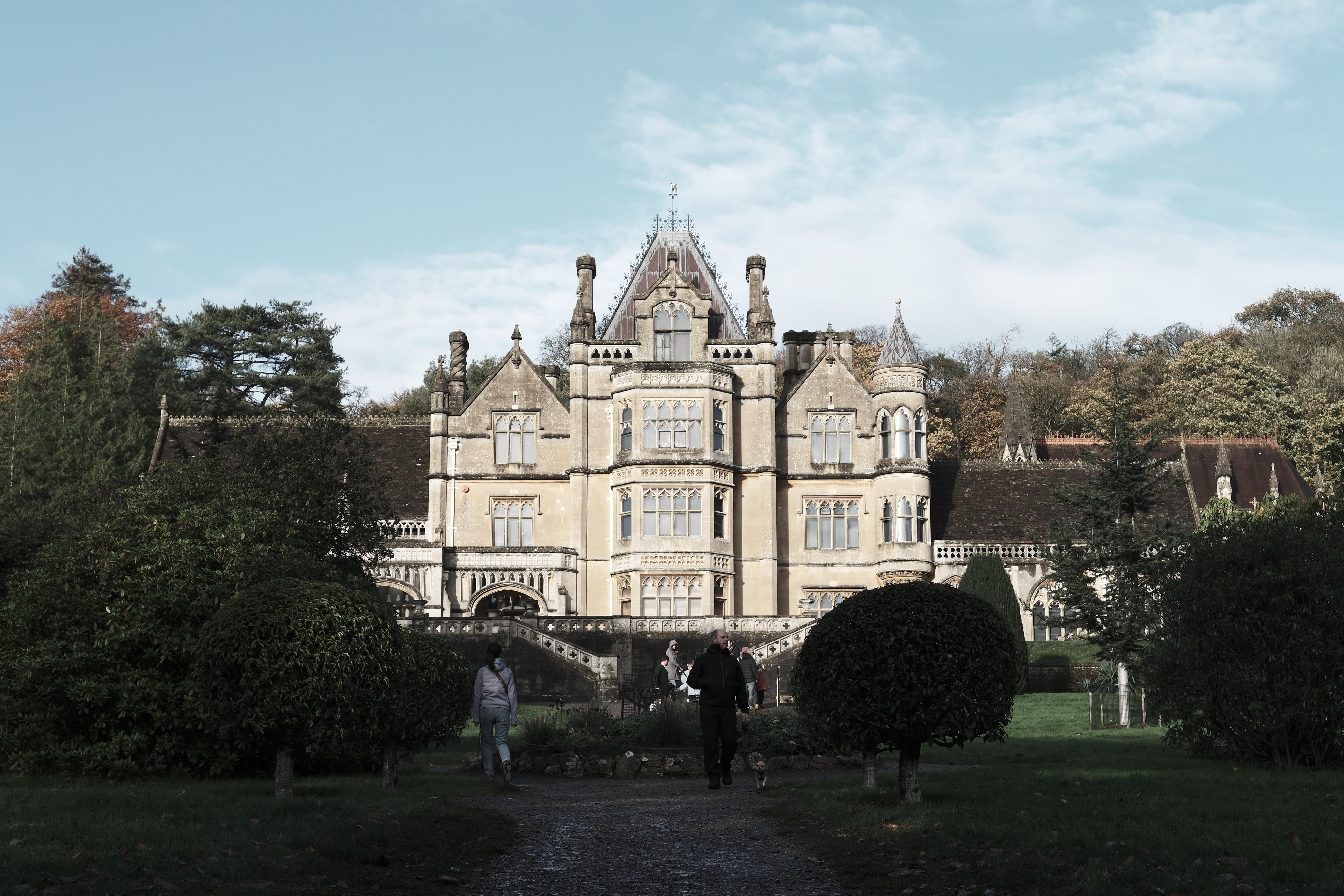Tom's Guide Verdict
With the X-T30 III, Fujifilm brings the X-T30 line up to the very latest standards, with the manufacturer’s advanced autofocusing system and (of course) a film simulation dial — it wouldn’t be a modern Fuji without one of those. Images look beautiful, and the X-T30 III handles as any retro Fuji should, thanks to the tactile controls. It even shoots 6.2K/30fps and 4K/60fps video. It’s a little pricey for an entry-level camera, although on par with other cameras in this arena. My only real qualm is that Fuji STILL hasn’t fixed the awful Q-button placement, but that’s by no means a dealbreaker.
Pros
- +
Lovely 26MP images
- +
Very snappy AF
- +
Gorgeous styling and construction
- +
Compact and handles well
- +
6.2K/30p or 4K/60p
Cons
- -
Fuji STILL hasn’t moved the Q button
- -
$999 is a little pricey for an entry-level camera
Why you can trust Tom's Guide
The Fujifilm X-T30 III is the latest installment in Fuji’s entry-level X-T30 line, following 2021’s Fujifilm X-T30 II… which itself followed the original X-T30 from 2019. And I’ll admit, I was a little surprised when the III was announced. Previous X-Txx generations, like the X-T20, only lasted one iteration. So, after two generations of the X-T30 and the launch of the Fujifilm X-T50, it was reasonable to assume Fuji would retire the ‘30’ variant.
Not so. And admittedly, this is a solid time for Fuji to relaunch its premium, entry-level APS-C camera. Right now, there’s a gap in that market. With the ageing X-T30 II lacking some 2025-worthy features, if you want your first camera to be a chic, retro mirrorless with the latest mod cons, there aren’t any options. The bulbous Canon EOS R50, while cheaper than ever, looks it — and is itself a few years old now. The Nikon Z50II, meanwhile, is much pricier than it has any right to be, given its 20.9MP sensor. Neither of them can match the sheer swagger or premium feel of Fuji, either.
So, could Fuji take the top entry-level spot of my best mirrorless cameras roundup? Find out in my full Fujifilm X-T30 III review.
Fujifilm X-T30 III review: Specs
Specs | Fujifilm X-T30 III |
|---|---|
MSRP (launch) | |
Sensor | 26MP APS-C X-Trans CMOS 4 |
Processor | Fujifilm X-Processor 5 |
Lens mount | Fujifilm X-mount |
IBIS | None |
AF System | 425-point Hybrid AF |
Viewfinder | 0.39-inch OLED, 2.36m dots |
Display | 3.0-inch vari-angle TFT, 1.62m dots |
ISO range | ISO100-51,200 |
Max video resolution | 6.2K/30fps; 4K/60fps |
Ports | 1x SD/SDHC/SDXC UHS-II. USB-C; mic/remote shutter; Micro HDMI; hot shoe |
Wireless connectivity | Yes |
Max shooting speed | 30fps |
Max shutter speed | 1/32,000 sec |
Battery life (CIPA) | 315 frames |
Size | 4.7 x 3.3 x 1.8 inches |
Weight | 13.3 ounces |
Fujifilm X-T30 III review: Price & availability
On sale from November 2025, the Fujifilm X-T30 III is available in all black, silver/black, or gray/black. It costs $999 body-only, which is a $100 increase over the prior model — not great, but not an enormous hike. In the U.K., it costs £829 body-only, which is only a £30 increase over the X-T30 II. The camera launched alongside a lens, the XC 13-33mm OIS, and the kit costs $1,149 / £999. The X-T30 III is therefore significantly cheaper than its bigger 40MP sibling, the X-T50, which costs $1,399 / £1,299 body-only.
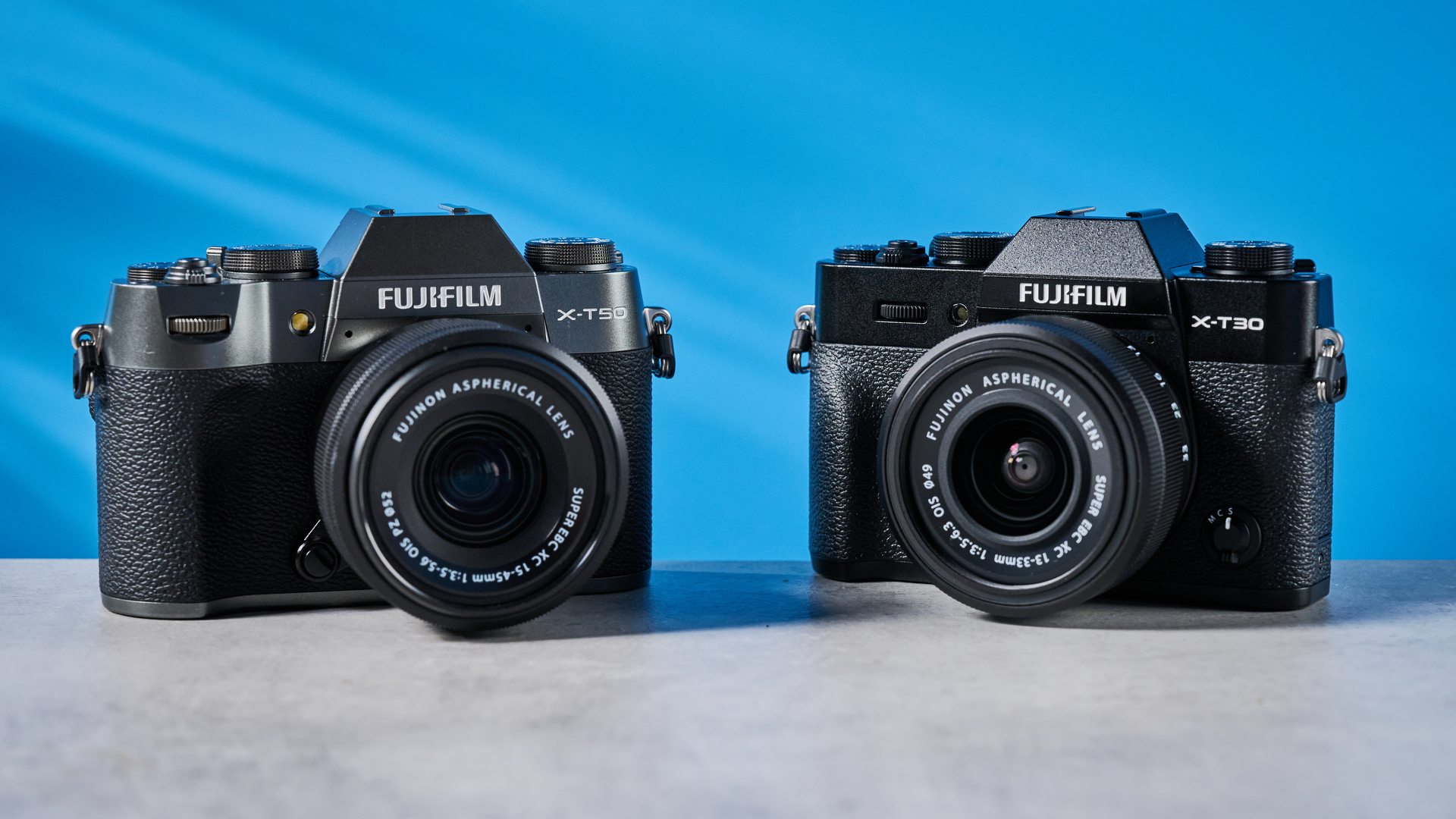
As with its predecessor, the X-T30 III will no doubt sell like lemonade in a heatwave. Cheaper models, like the X-T200, have been discontinued. The Fujifilm X half and Fujifilm X-M5 are effectively special interest cameras, and the pricier (but much more desirable) Fujifilm X-E5 and Fujifilm X100VI cameras are constantly sold out everywhere.
Consequently, the X-T30 will be the most affordable (and probably the only) onboarding point for new Fuji users who want a photography-biased mirrorless camera without jumping up several hundred dollars in price to the X-T50 or X-T5. That’s how it’s been for previous X-T generations, at least since Fuji’s enormous spike in popularity over recent years.
Versus rivals
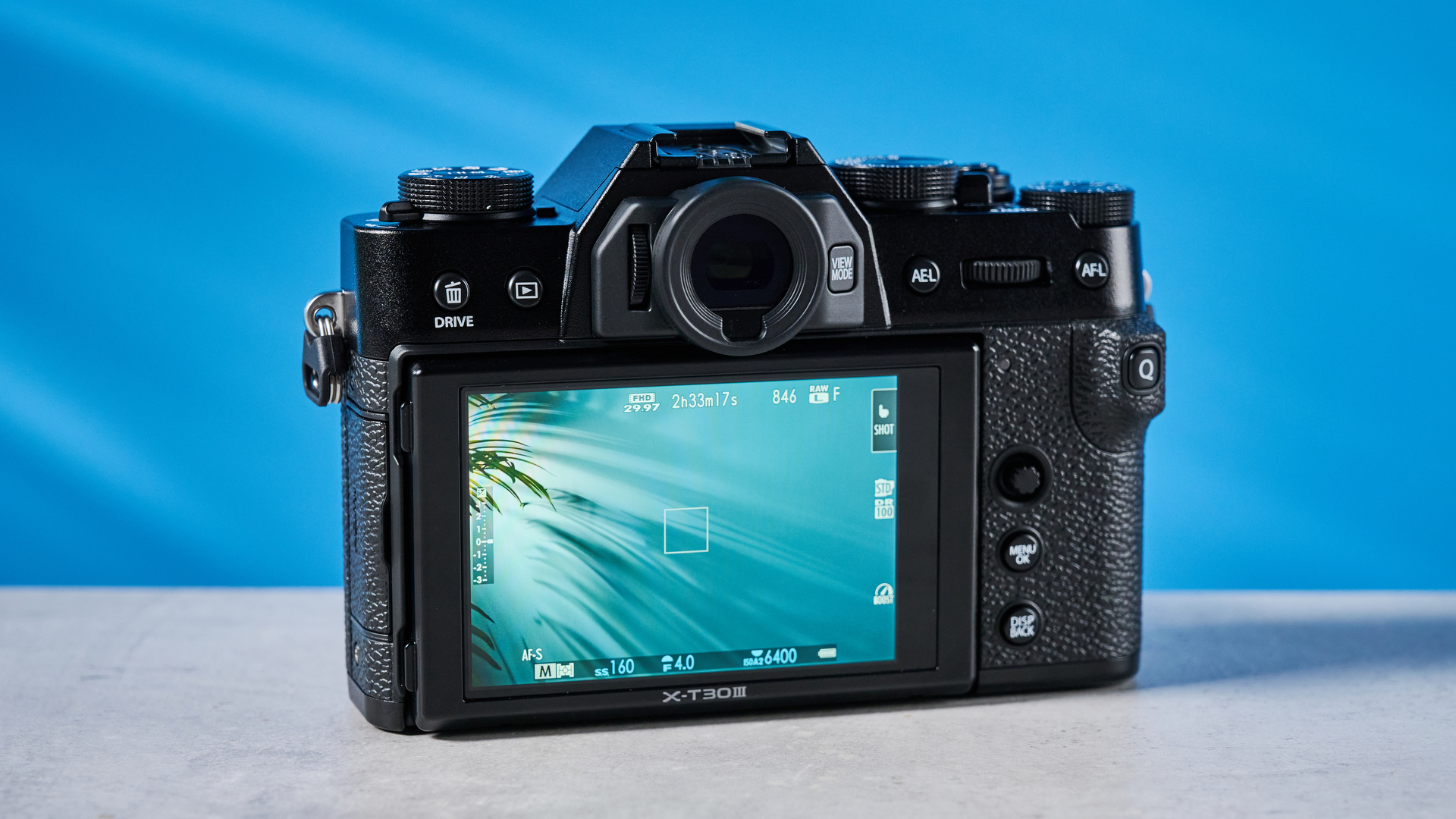
The X-T30 III’s main rivals in the premium entry-level arena are the Canon EOS R50, Nikon Z50 II, and the Sony A6600. Although still respectable options for beginners, the Sony A6600 and EOS R50 are ageing now and a little outdated. The EOS R50 is the most affordable at $679, but feels the cheapest. The Nikon Z50II is a sound choice, thanks to its decent imaging performance, phenomenal handling and excellent AF, but is pricier and has a lower-res sensor. Neither can match the resolution, premium construction, or sheer ‘cool factor’ of the Fuji.
Get instant access to breaking news, the hottest reviews, great deals and helpful tips.
Then there are lenses to consider. Seriously, Fuji just can’t stop itself from releasing lenses. It has lens diarrhea… of the explosive variety. Fuji also opened up its X-mount to third-party lens manufacturers years ago, so there’s a wider array of affordable lenses for the X-T30 III.
Fujifilm X-T30 III review: Design
To call the X-T30 III a successor to the X-T30 II, while technically true, feels like skirting the truth slightly. It’s a clone with a strand or two of DNA gone astray. Aside from the film simulation dial, the X-T30 III looks exactly the same as both its forebears.
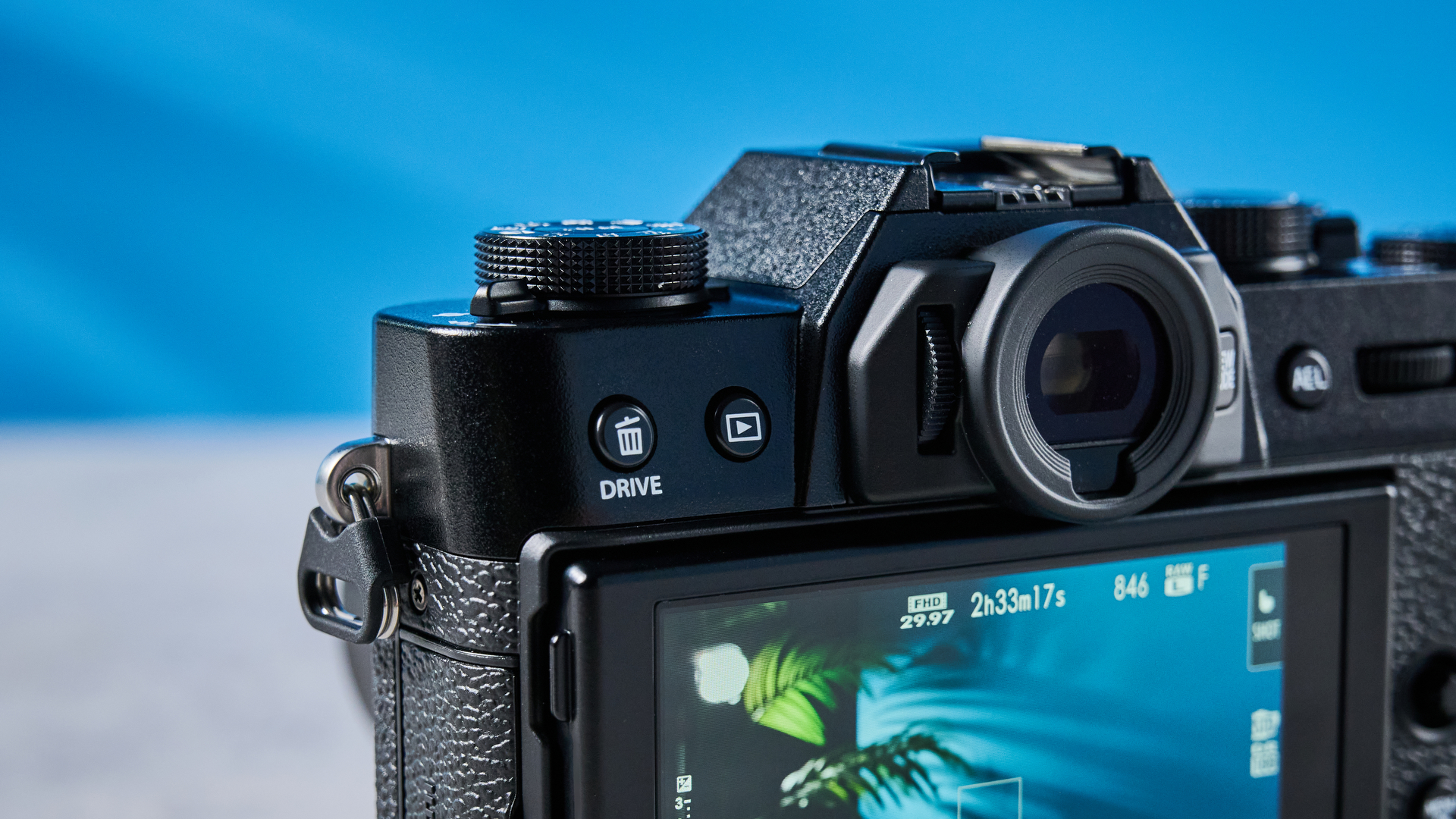
And that’s a good thing, of course. It’s a beautiful little camera, with Fuji’s usual timeless retro styling and employment of high-quality materials throughout. It’s a major cut above the bulbous styling and plasticky feel of the EOS R50 and the bland, professional-styled Z50II.
At 4.7 x 3.3 x 1.8 inches and 13.3 ounces (with battery and card), the X-T30 III is exactly the same dimensions and weight as the X-T30 II. And that’s also good. It’s as compact as it needs to be, especially with Fuji’s small XF and XC lenses, and didn’t give me any grief around my neck for a several-hour walk.
As with most Fuji X cameras, the X-T30 III isn’t officially weather-sealed, but I used it in moderate rain with my XF35mm F/2 R WR (WR = weather resistant) lens with no issues. I wouldn’t do that regularly or use it in heavy rain, though.
Displays
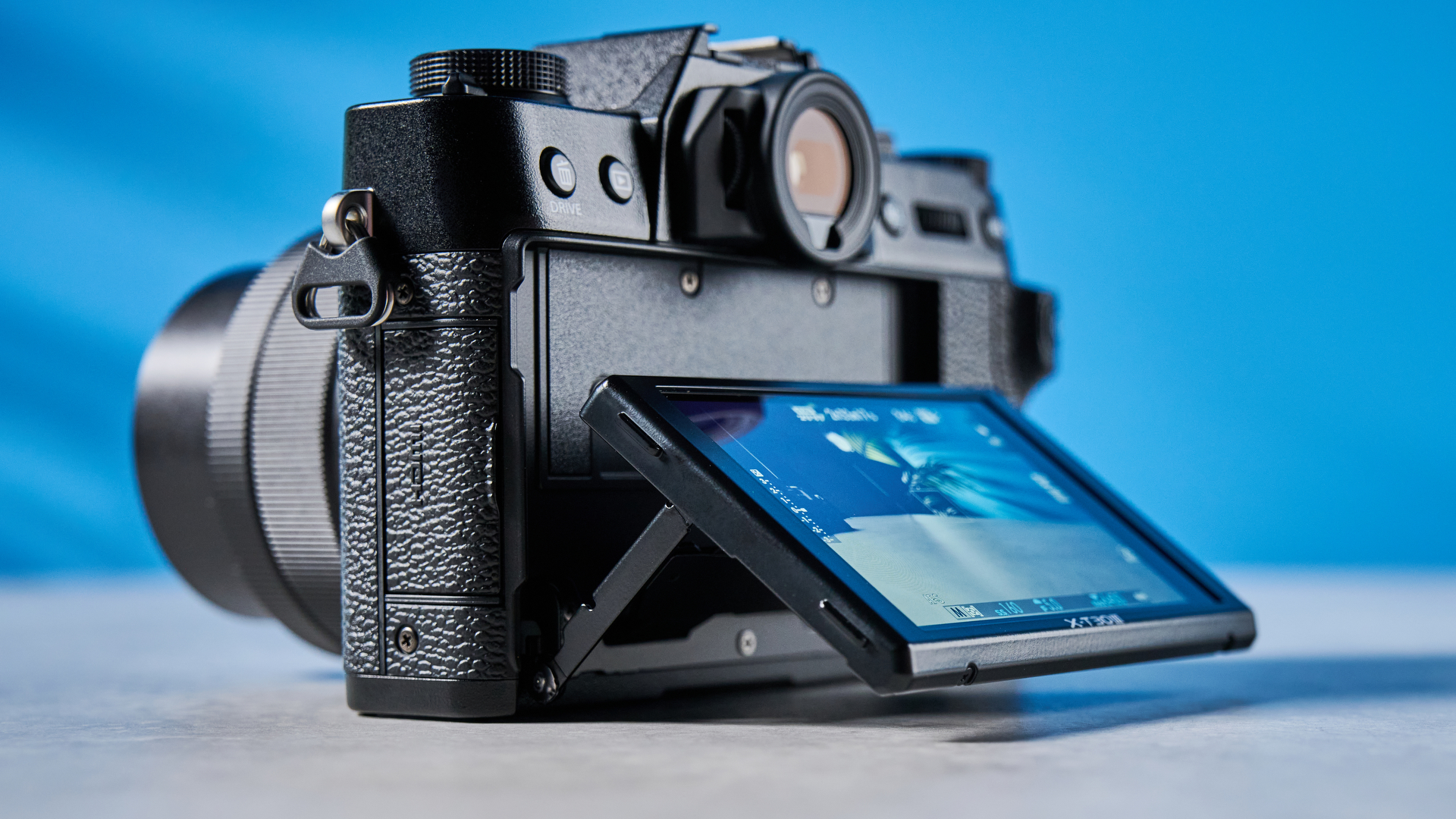
The X-T30 III features the same 3-inch tilting rear monitor as its predecessor, with 1.62 million dots of resolution. The EVF is also the same: a 2.36M-dot 0.39-inch OLED. Neither were broken, neither were fixed.
The Z50II features a lower-res 1.04M-dot rear display, while the EOS R50 also offers a 1.62M-dot screen. Both rivals also feature a 2.36M-dot EVF.
I shot with the X-T30 III in bright sunlight and had no issues with the brightness of the EVF or display, unlike with the Z50II. The X-T30 III’s tilting display is designed primarily for photography, though, so if you’re shooting video, you’ll prefer the vari-angle displays on the Canon and Nikon.
Connectivity
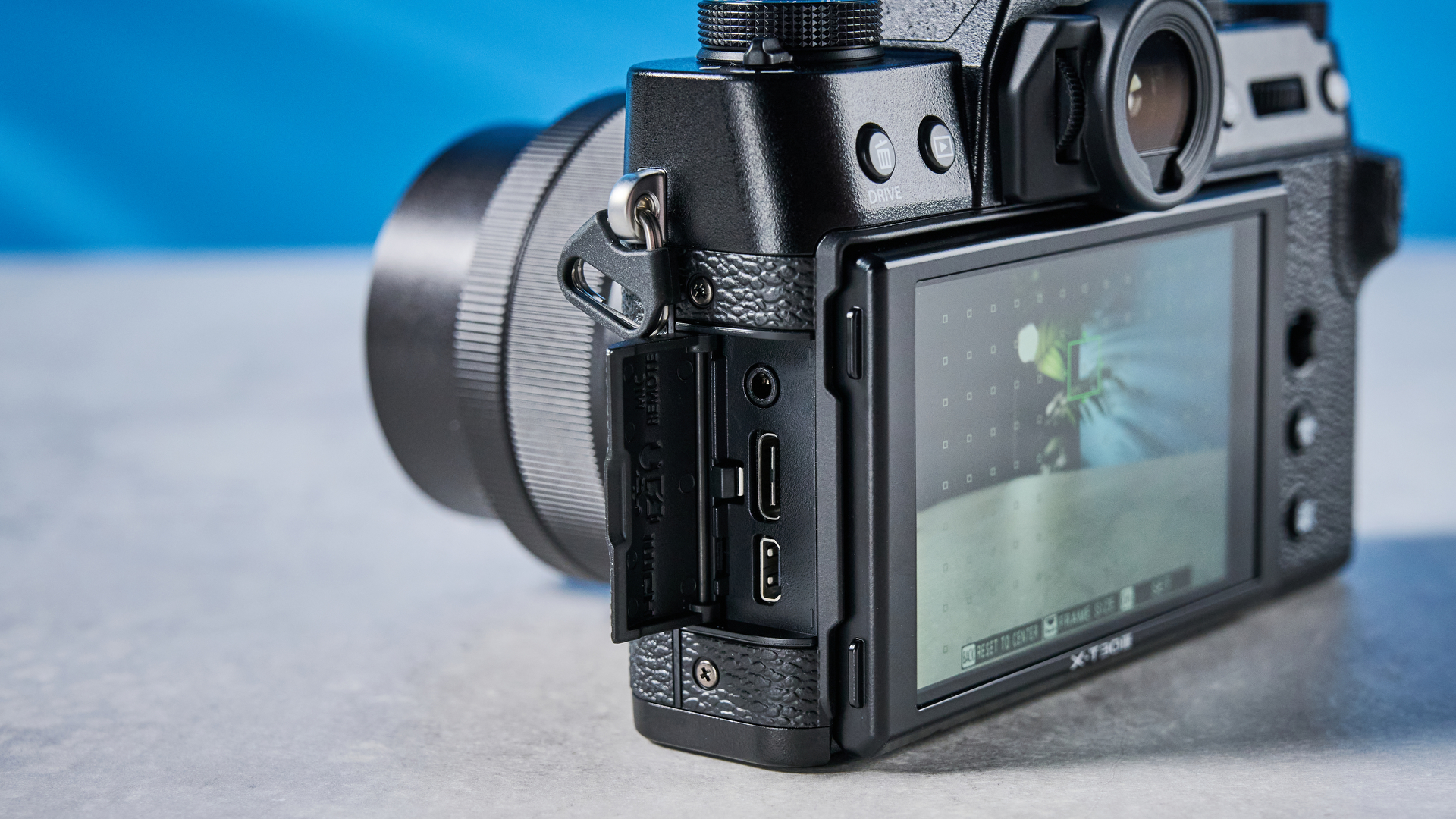
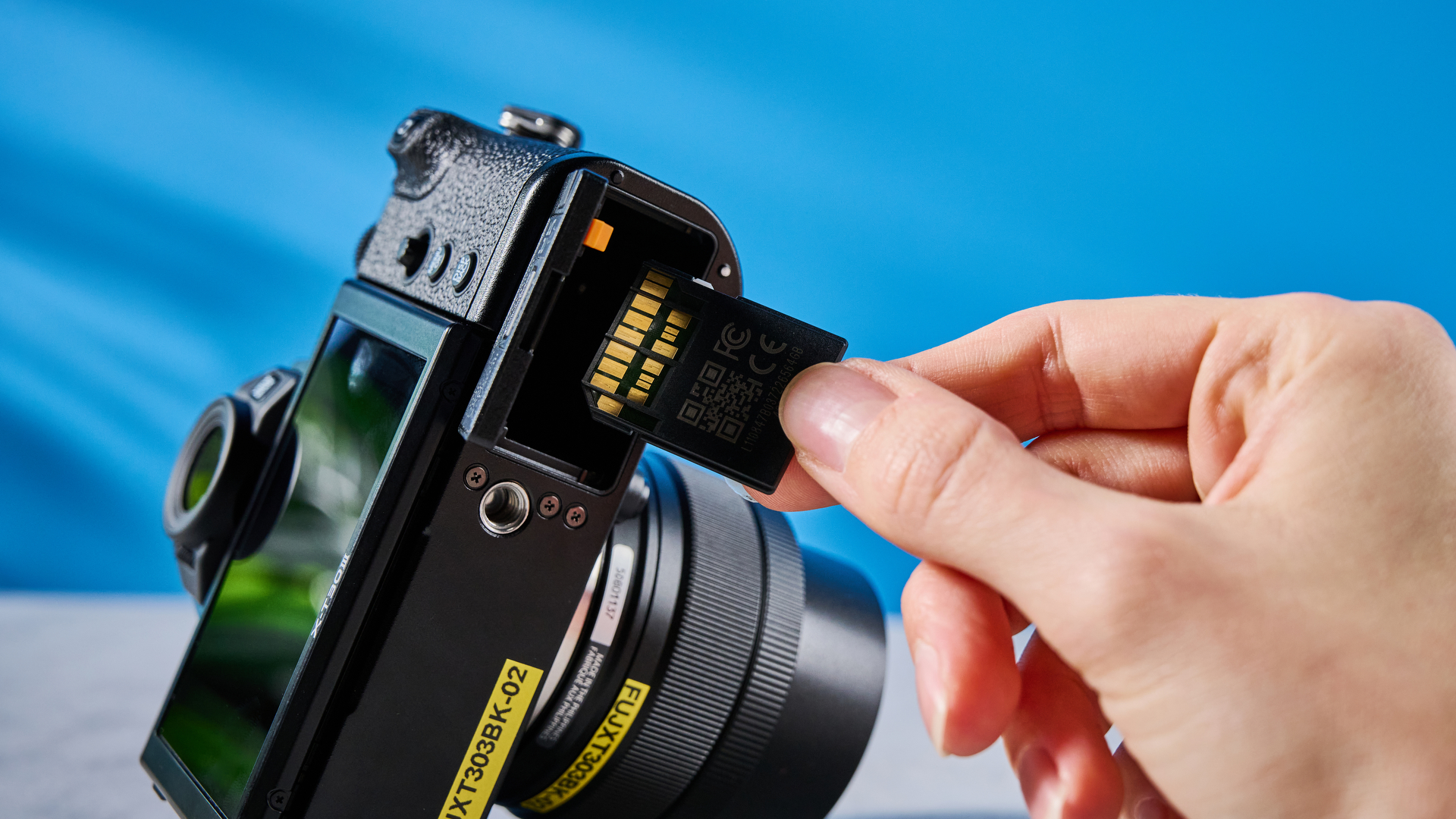
The X-T30 III is a little short on ports. There’s a single UHS-II SD slot — run-of-the-mill under $1,000, although this solidifies the camera as a casual photography tool. Under the side hatches are ports for USB-C and micro-HDMI, plus a 3.5mm mic/remote jack. And that’s it.
There’s no dedicated 3.5mm headphone jack, so you’ll need to hook up cans via USB-C. This could be an issue if you want to shoot video using multiple accessories. That said, the X-T30 line is stills-focused, so look instead at the IBIS-equipped Fujifilm X-S20 for video.
Fujifilm X-T30 III review: Controls
I genuinely facepalmed when I saw the X-T30 III’s rear controls for the first time. Fuji hasn’t listened to reviewers of the last two generations of X-T30, meaning the new model has inherited the god-awful Q button placed slap-bang on the rear thumb rest.
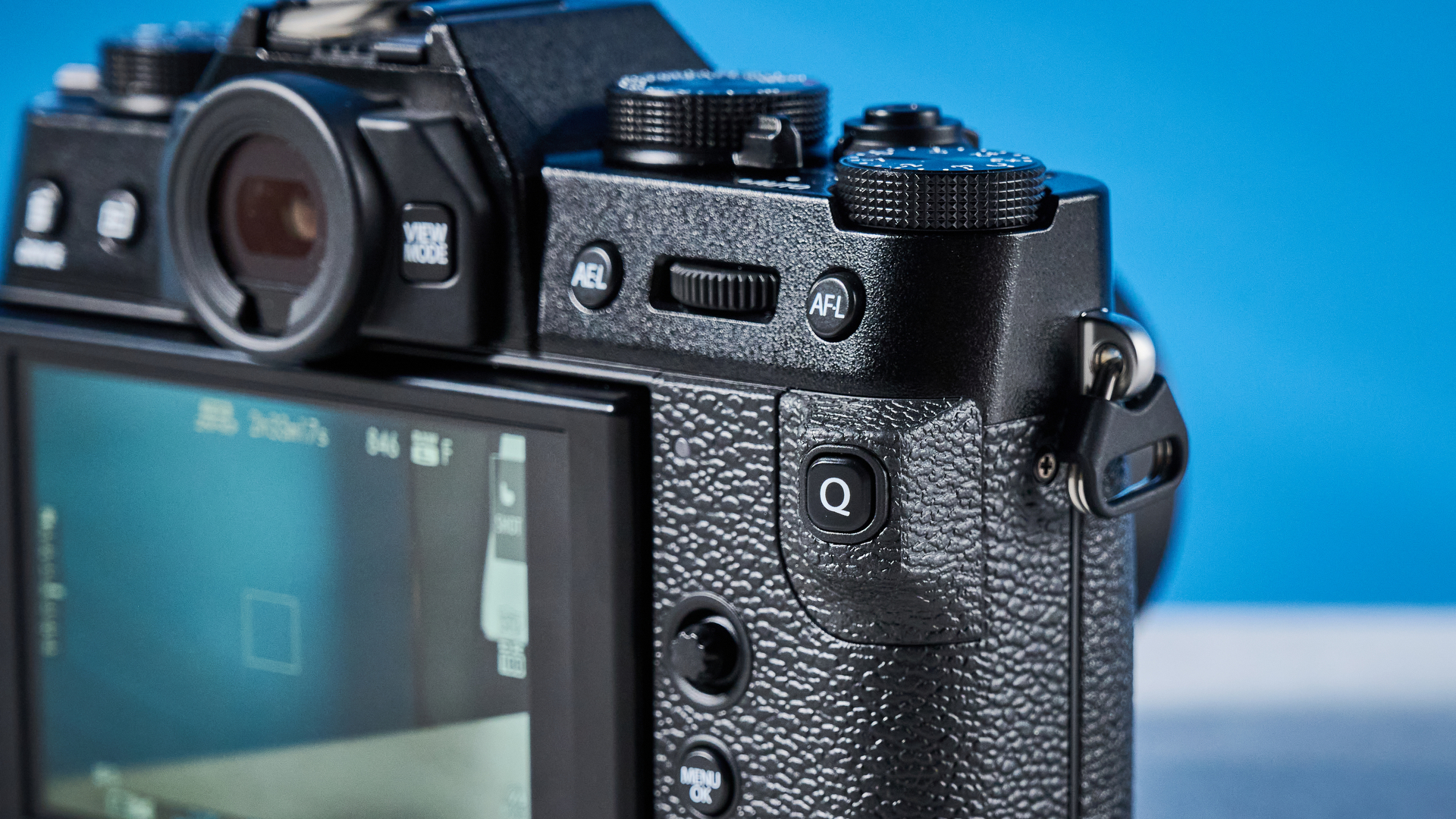
I was hoping for Fuji to subtly reposition it or make it harder to knock somehow, but no. You’ll knock the Q button constantly during shooting. It’s incredibly annoying and has caused me to miss shots when using both the X-T30 II and III.
Otherwise, the X-T30 III handles just fine. Fuji’s trademark retro dials make for a tactile, engaging experience; there are enough remappable buttons to get by; and, of course, it wouldn’t be a Fuji in 2025 without a film simulation dial, which makes it easy to switch between color profiles.
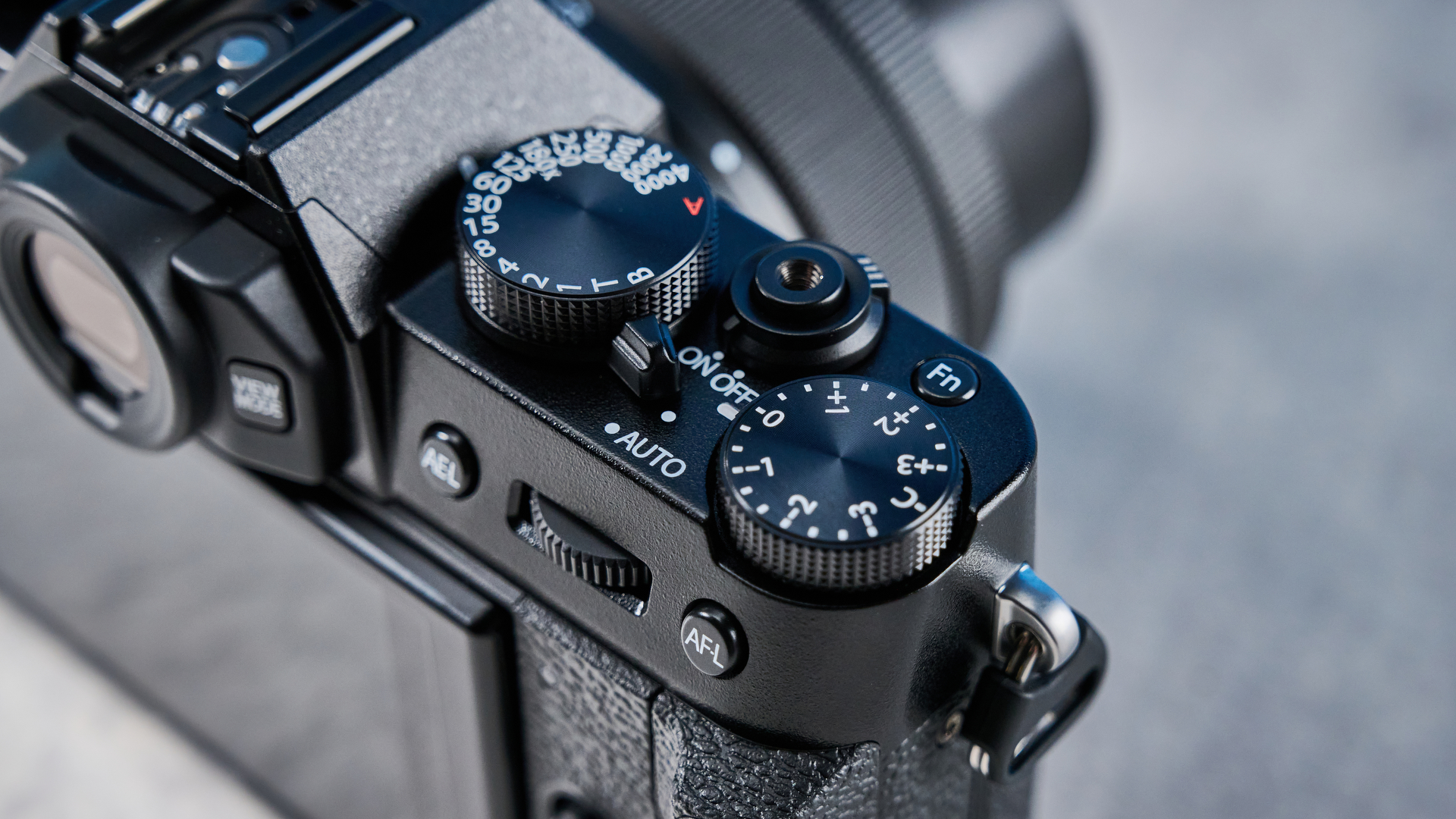
Honestly? I find Fuji’s film sim dials of limited use. Even with the three custom slots, you don’t get access to the whole array of profiles. None of my five most-used profiles are on the dial. As such, the dial often makes switching profiles no quicker than just assigning the film sim menu to a screen swipe, Fn, or d-pad button — that’s what I do on my Fujifilm X-T5.
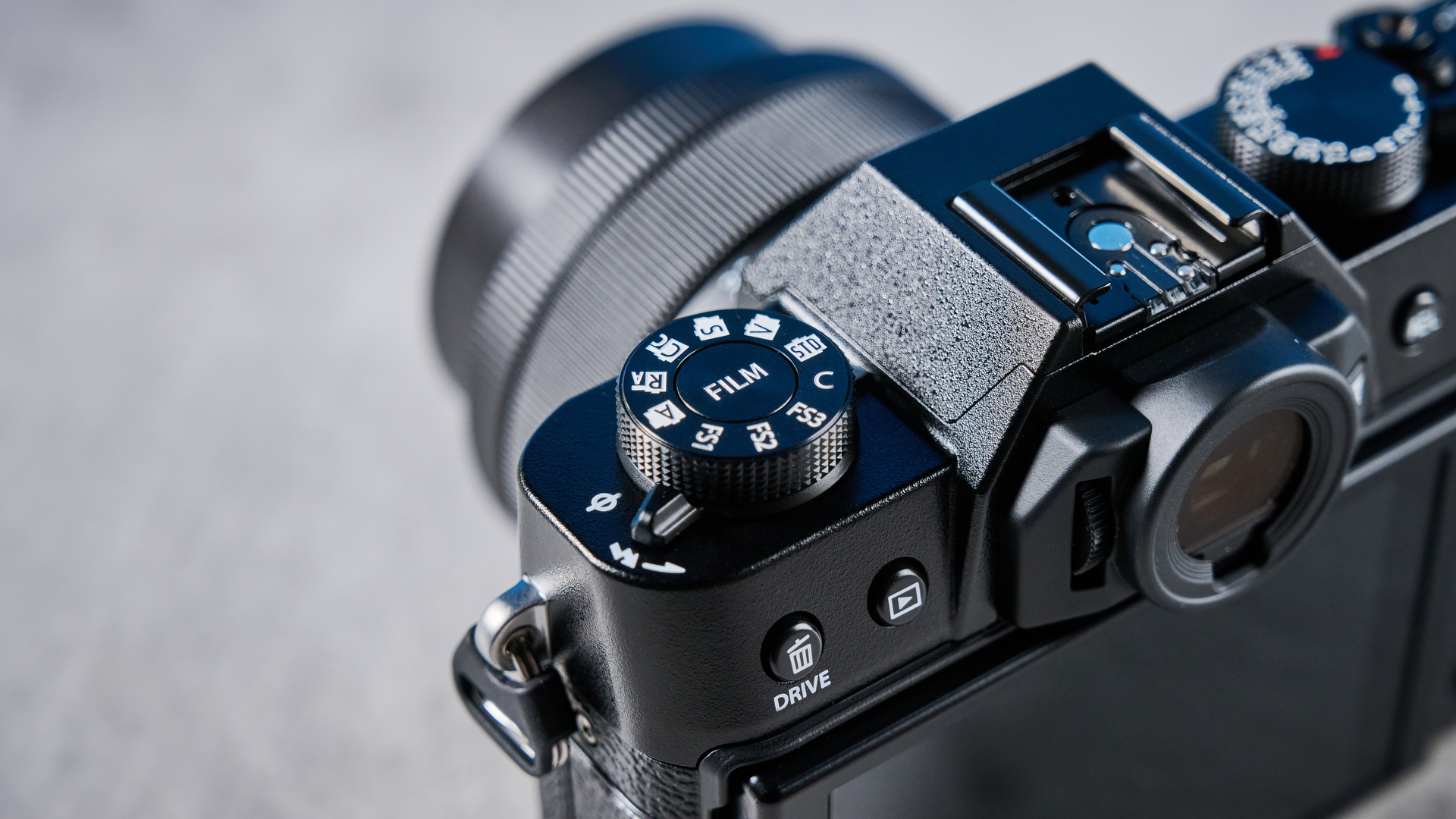
Unlike the Nikon Z50II, the X-T30 III’s grip is fairly small, and there are no Fn buttons in the grip recess. This makes the Nikon by far the better-handling camera, although it has no focus joystick, which the X-T30 III does — a boon when shooting through the EVF.
Menu
Fuji’s menu is a little kooky. You’ll find the odd setting in an unintuitive place, but otherwise it’s fairly well laid out, without the pointless complexity of Nikon’s menu. It doesn’t offer the sheer ease-of-use of Canon’s menu, but it’s fine for the job.
Fujifilm X-T30 III review: Autofocus
The X-T30 III features subject detection AF that can detect and track various subjects, including humans, eyes, faces, animals, birds and vehicles. It's a major step up features-wise from the X-T30 II's AF, which could only detect humans.
It's also a major step up in performance, too. The X-T30 III's AF had no issues detecting and tracking subjects and eyes, locking onto subjects quickly and reliably, then tracking their movement tenaciously through frame. I took the X-T30 III for a spot of bird photography to put the camera through its paces.
For animals and wildlife, the X-T30 III's AF proved highly proficient, especially for a $999 camera. The AF could detect and track birds as they flew rapidly through the frame, as you can see in the images above.
Of course, it works especially well when paired with rapid wildlife lenses like the XF50-140mm I used for testing. Even with that lens, not every frame was a keeper when shooting extremely fast subjects, but I came away with a very large roster of bird shots in good focus. Very impressive.
Naturally, it was overkill for slower-moving subjects. The camera had no issues locking onto the eye of the cow in the image above, and I had no problems with dogs and other large animals, even when moving.
The X-T30 III's AF is also ideal for slower-paced genres like portraiture, street, or casual photography. In the portraits above and below, the camera locked onto each subject for perfectly-focused photos. In the image above of my wife, Laura, the AF switched from her eye to her face as she turned side-on to the lens. In the studio portrait of Tom's Guide senior writer Erin below, the camera locked perfectly onto her left eye.
There really isn’t a whole lot in it when comparing the X-T30 III’s AF to the Nikon Z50II and Canon EOS R50. They’re all extremely snappy systems that are more than capable of serving the needs of the market segment they target, and then some.
Fujifilm X-T30 III review: Image performance
Despite blessing many cameras with its 40MP sensor, Fuji knows there’s still a market for 26MP APS-C street cameras, and I very much agree — don’t be put off by “only” 26MP.

I’ve owned several Fujis and tested many, many more. In my opinion, 26 megapixels is the sweet spot for the filmic, retro “Fuji look”, for which 40MP often feels just that bit too crisp. Many older, characterful Fuji lenses were designed for and perfectly suit 26MP, too.
The X-T30 III uses the same 26MP X-Trans CMOS 4 back-side illuminated APS-C sensor (...and breathe) as the X-T30 II. I was hoping Fuji would differentiate the two by fitting the more recent X-Trans CMOS 5 HS 26MP stacked sensor from the Fujifilm X-H2S, which is capable of faster readout and quicker focusing during high-speed drive. Alas, no such luck.
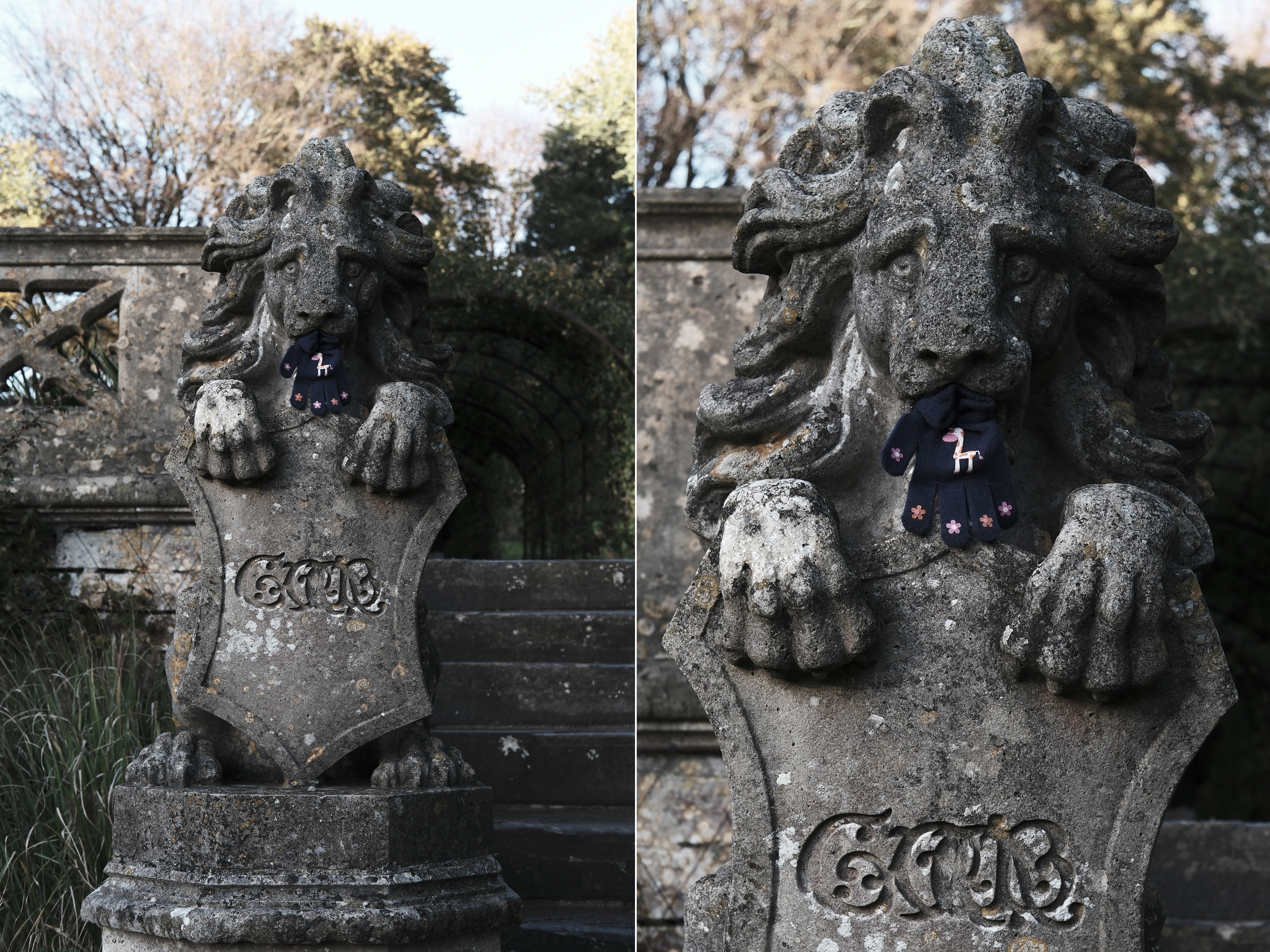
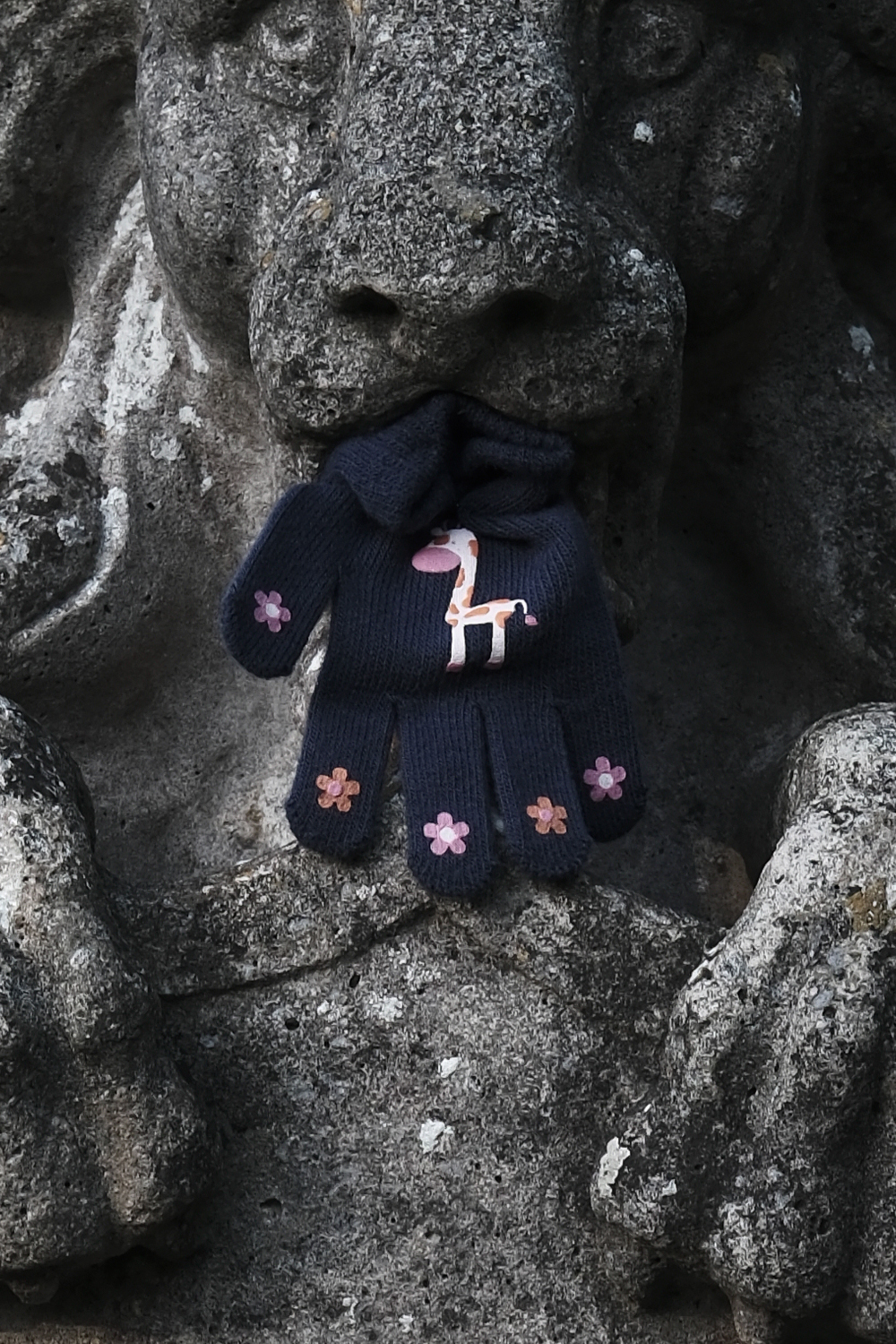
26MP gives casual and enthusiast photographers all the resolution they really need. You just won’t be able to do outrageous cropping and/or very large-scale printing. As you can see in the image gallery above, I was able to crop in and still maintain a sharp image, with plenty of fine detail visible in the lion sculpture masonry and the discarded child’s glove.
The EOS R50 has 24MP, which will give you slightly less headspace when cropping, while the Nikon Z50II has only 20.9MP, so is significantly down on resolution.
Color
As always, Fuji’s color rendition is best in class if you’re after a stylized look. I won’t go through every single film simulation profile because you’d be here all day, but they all look wonderful in their own right. Except Provia Standard, of course (boring). Although Provia is very true to life, you simply don't buy a Fujifilm to shoot in Standard.
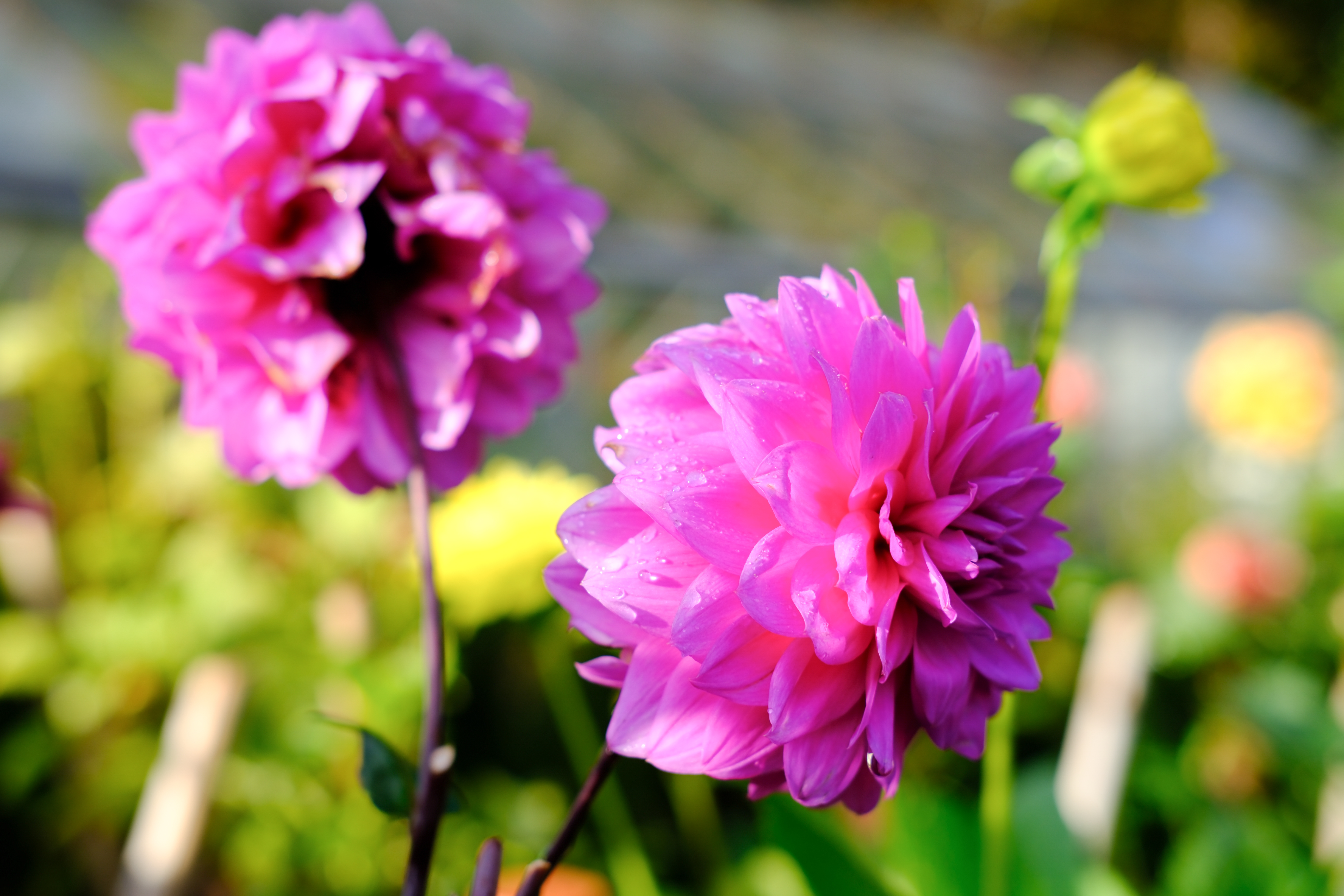
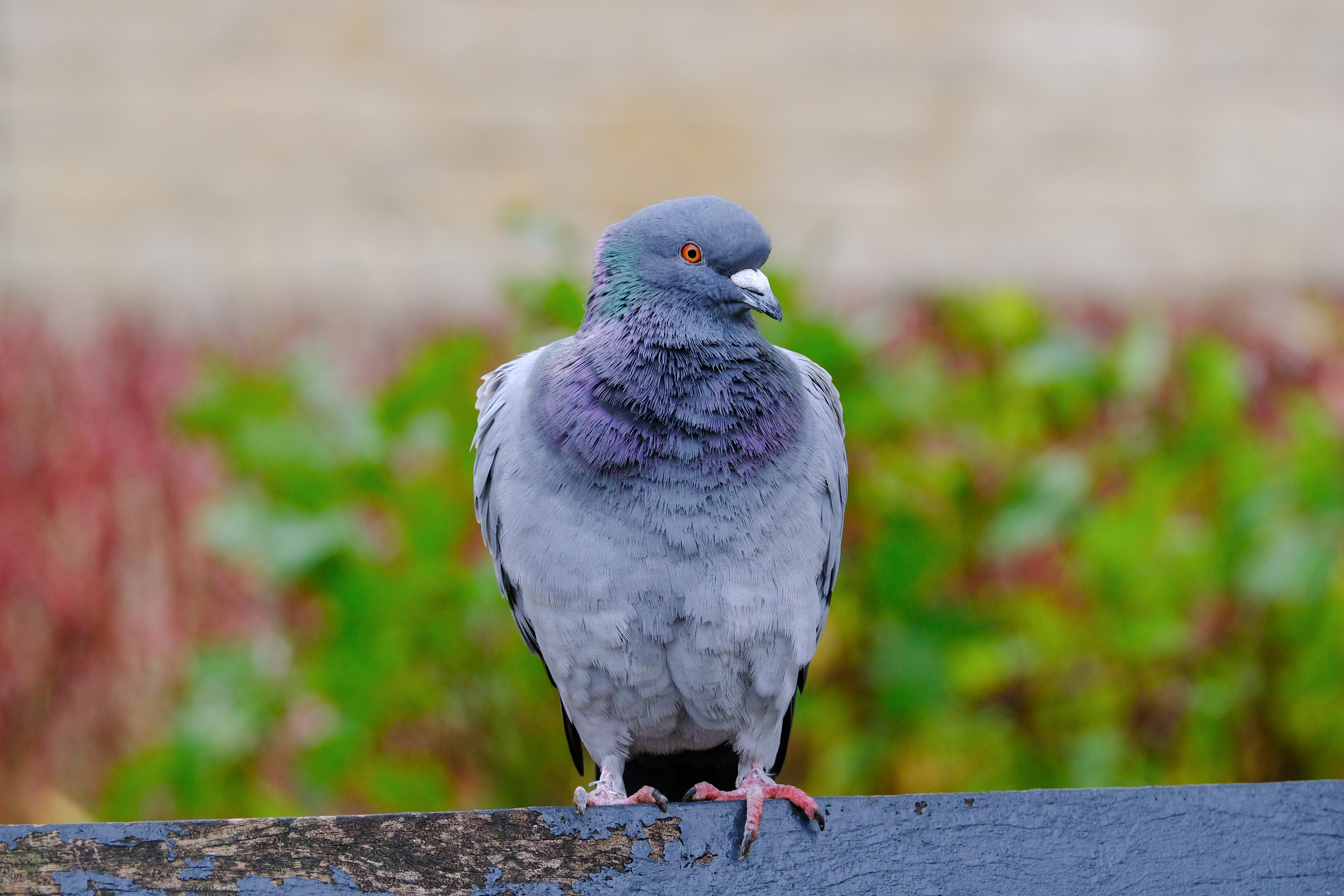
There are loads to play around with, and you can even create and save your own filmic recipes, so you can get super creative. Check out the image captions throughout this article to see which simulations I used. Some standouts, though…
Astia is my go-to for portraits in warm lighting, with soft but natural skin tones (see the portrait in the AF section above). I love Velvia Vivid for nature and plants, as you can see demonstrated by the flower and pigeon photos in the gallery above. It boosts saturation plenty, only without the sickly, oversaturated look of the vivid profile on the Z50II.


My favorite color profiles are Eterna Bleach Bypass for a total saturation washout and highly stylized look; Nostalgic Neg, for a cooler, slightly washed-out nostalgic look; and Classic Chrome for more of the same, albeit with a little more warmth and saturation.
As a primarily black and white shooter, though, Acros is as good as mono gets in my opinion — at least without remortgaging the house for a Leica Q3 43.
High-speed shooting
The X-T30 III shoots at an impressively quick 20fps without a crop, where you’ll achieve up to 127 JPEGs or 21 uncompressed RAW + JPEG frames. However, it’ll also shoot at up to 30fps with a 1.25x crop. At 20fps, this will allow you more frames before the camera buffers fill and it freezes. At 30fps, you’ll achieve 128 JPEGs and 21 RAW + JPEG frames, so you’re getting equivalent sustained shooting times to the uncropped 20fps rate, only at 10fps faster.





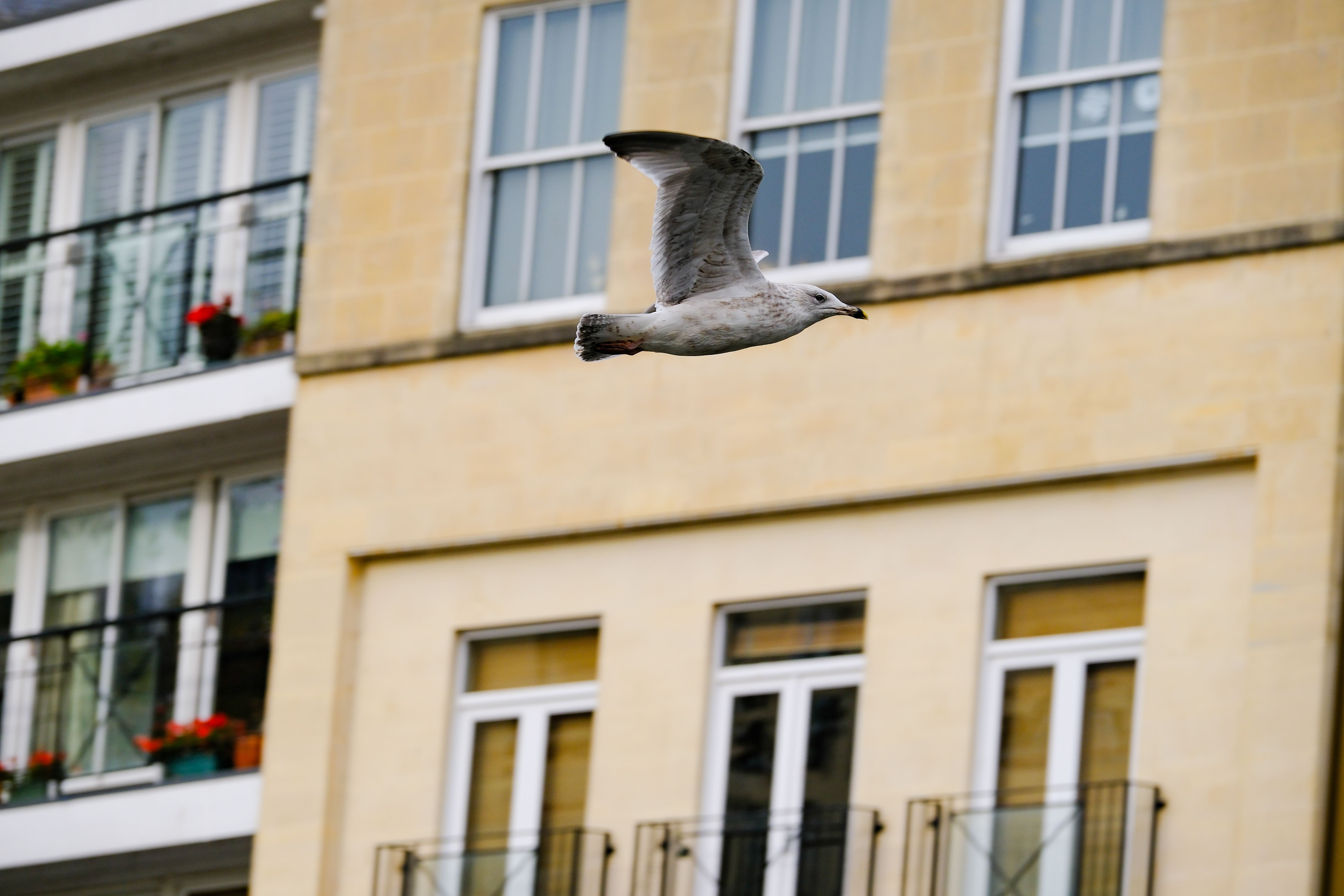

This is all super handy for any budding wildlife photographers, especially in conjunction with the rapid AF. I used the 20fps uncropped continuous drive mode to shoot photos of fast-moving birds in flight, and achieved lots of usable files.
High ISO & dynamic range performance
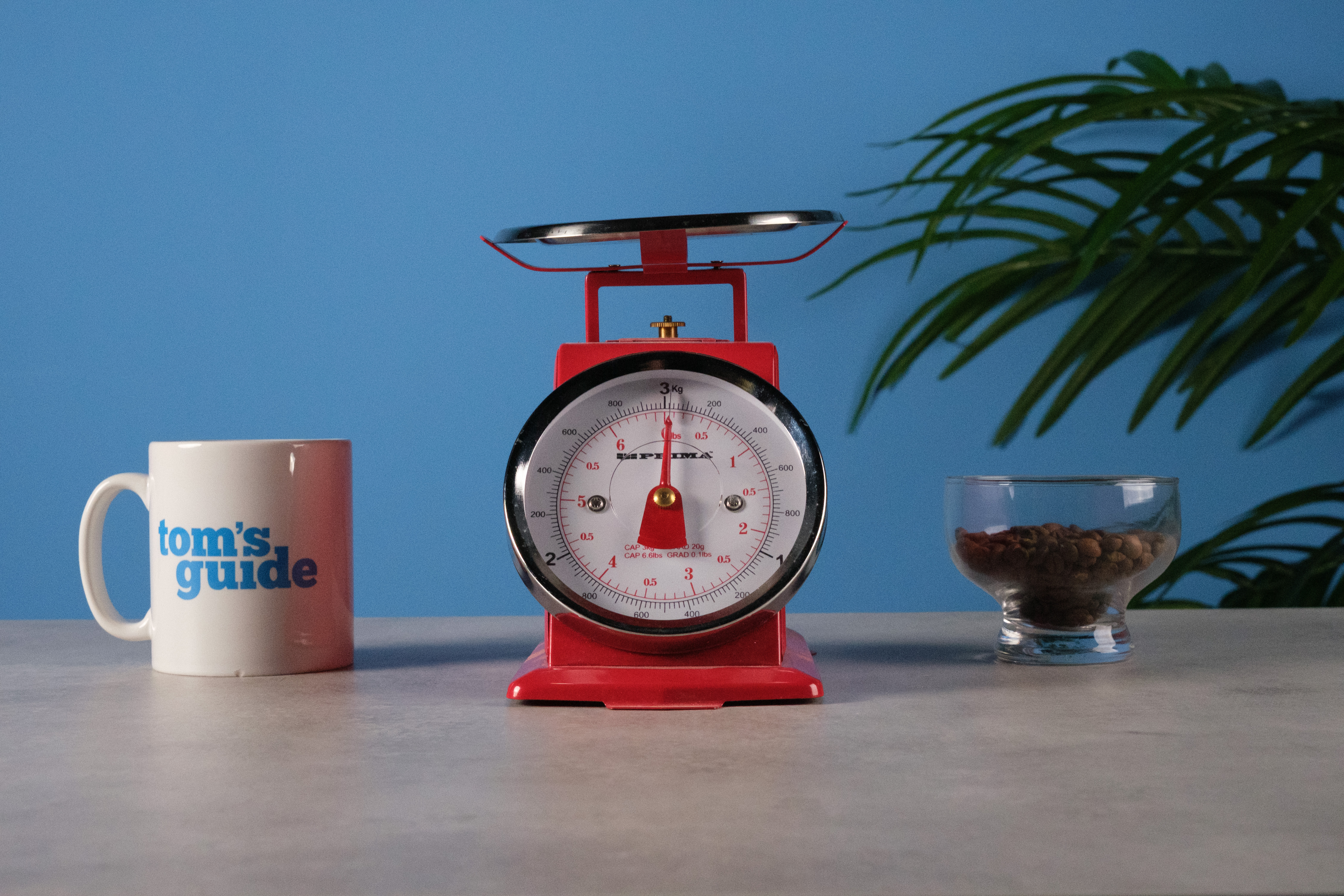
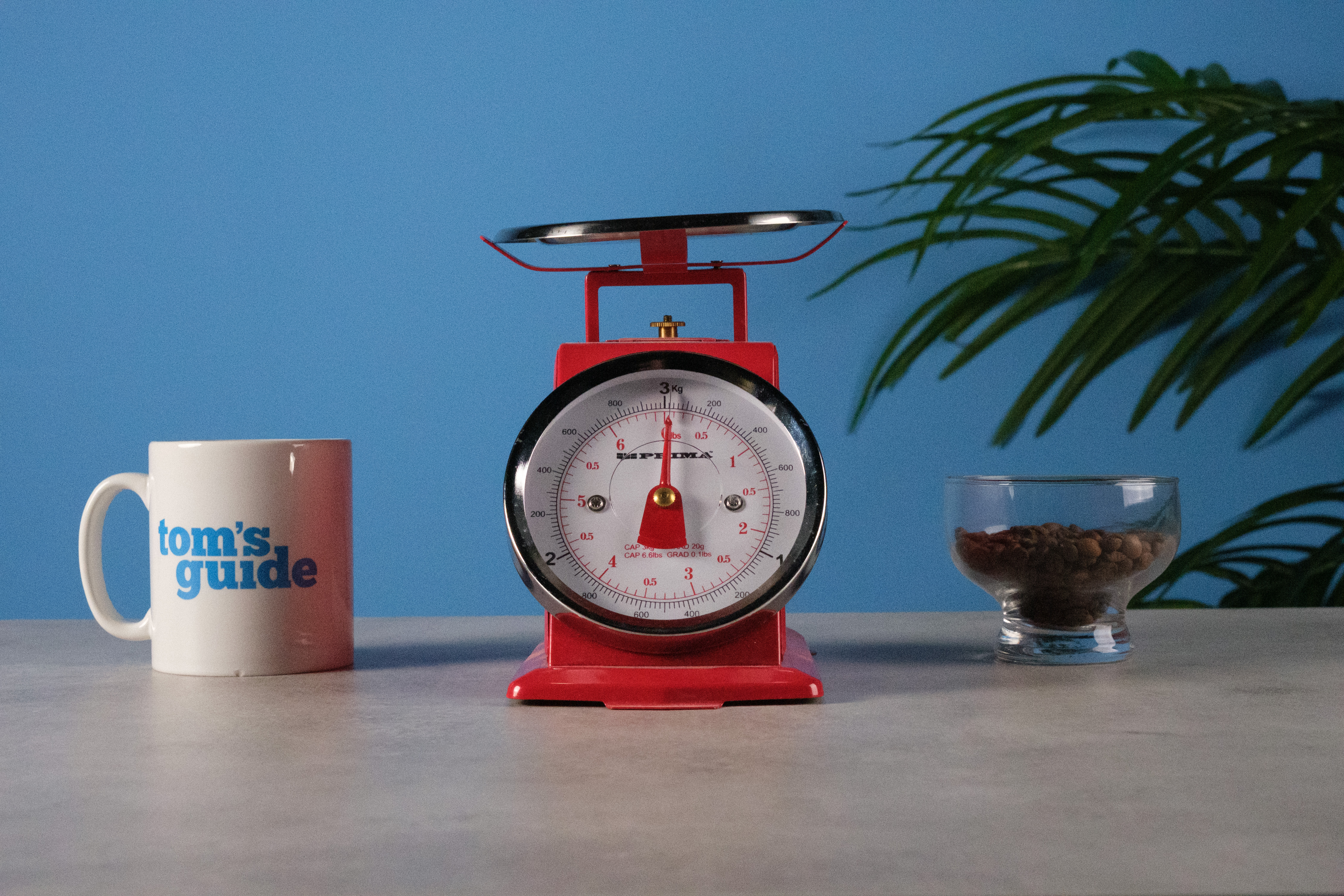
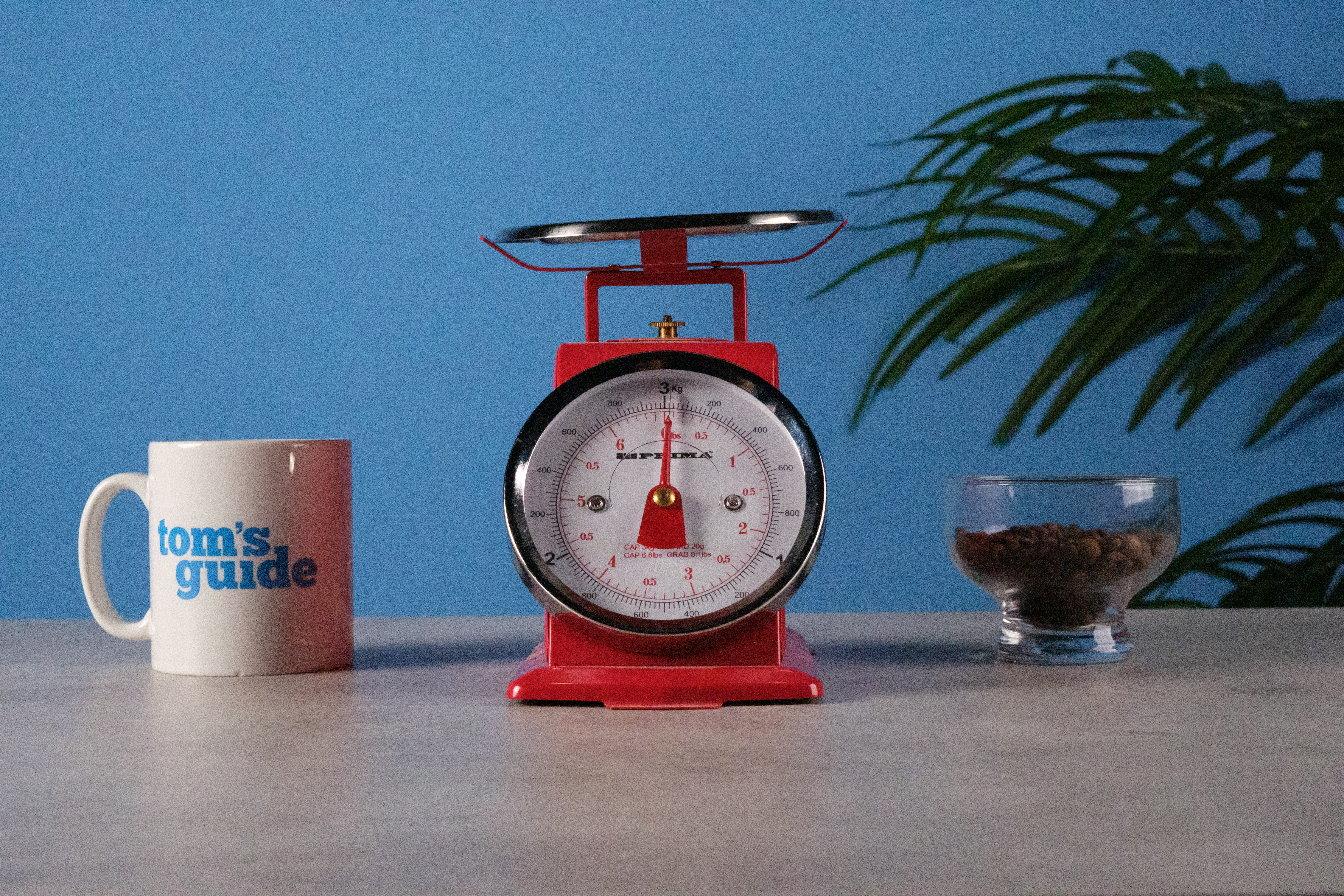

High ISO performance is fairly strong. The gallery above shows RAW files exported as JPEGs in Adobe Lightroom Classic. I wouldn’t go above ISO12,800 unless I really had to, but the only one I’d deem totally ruined is at ISO51,200, where noise has destroyed the definition of the photo’s background.
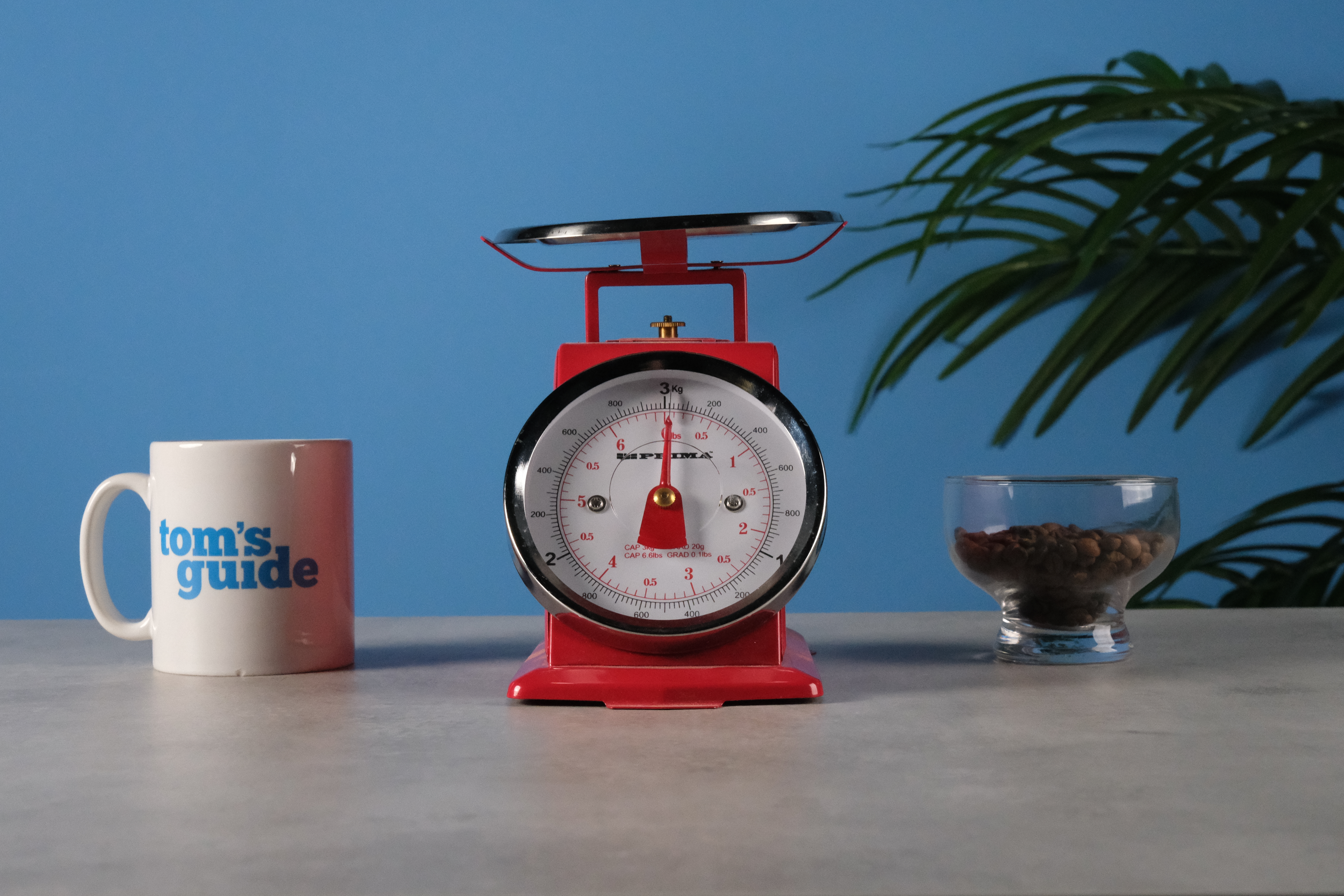
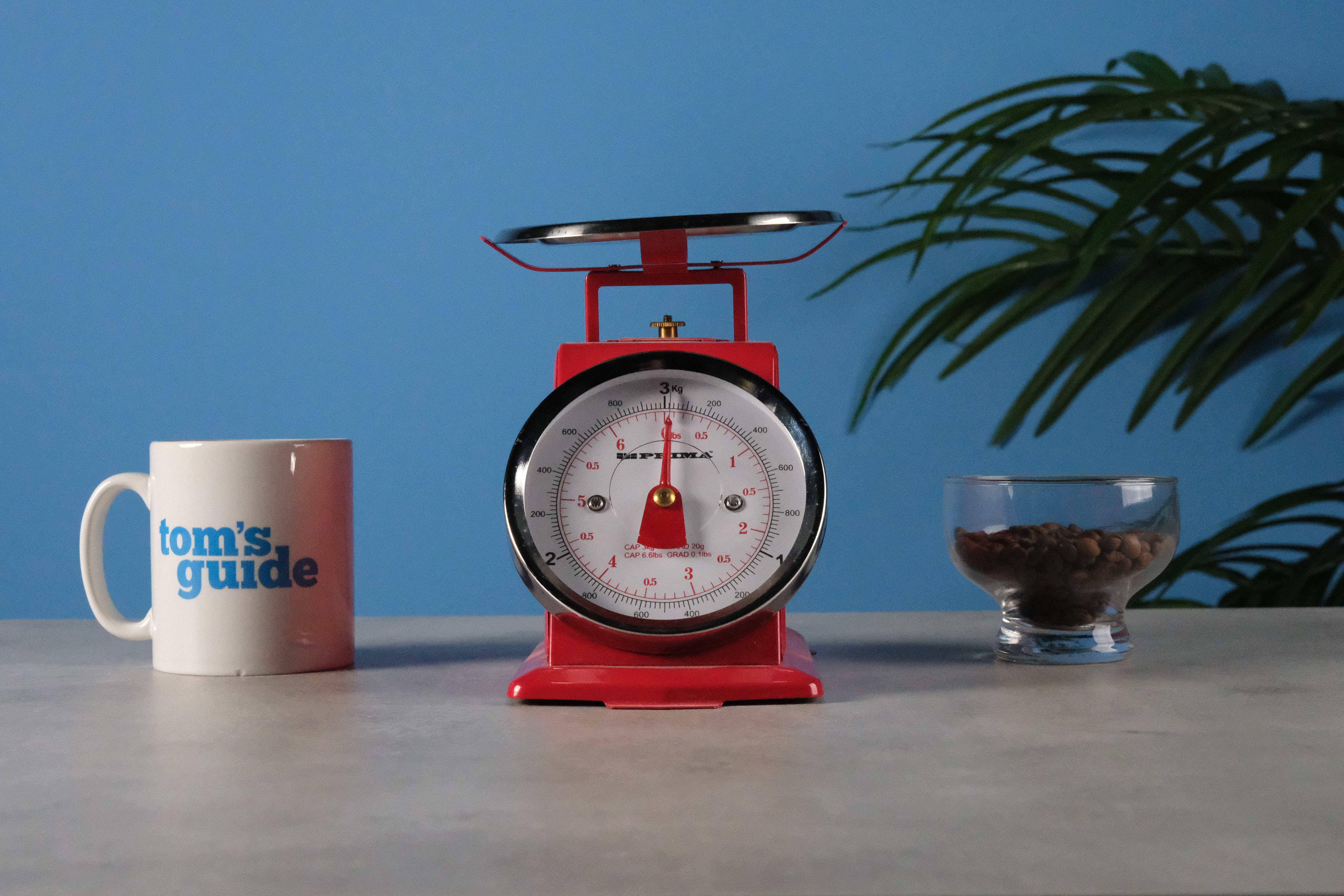
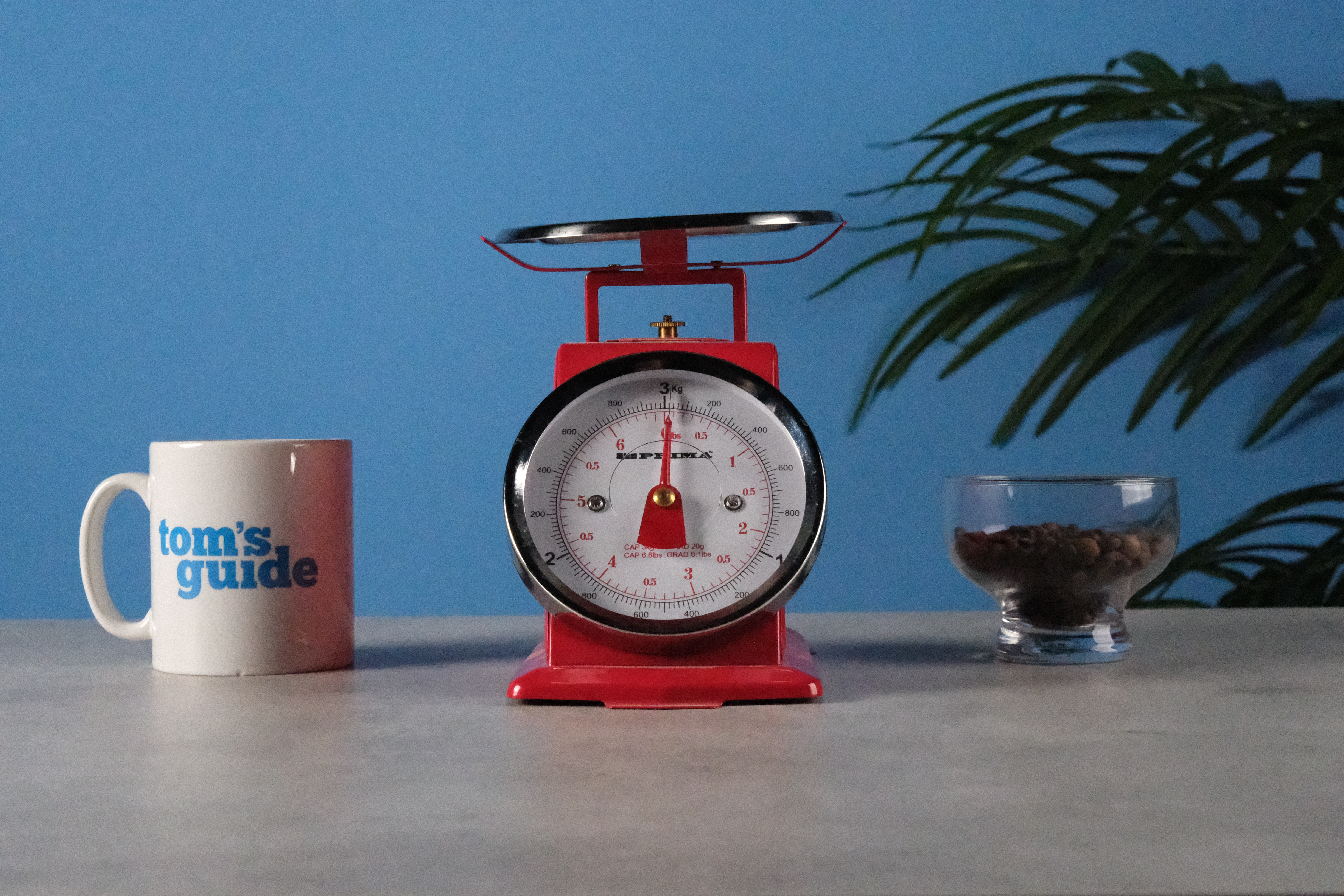
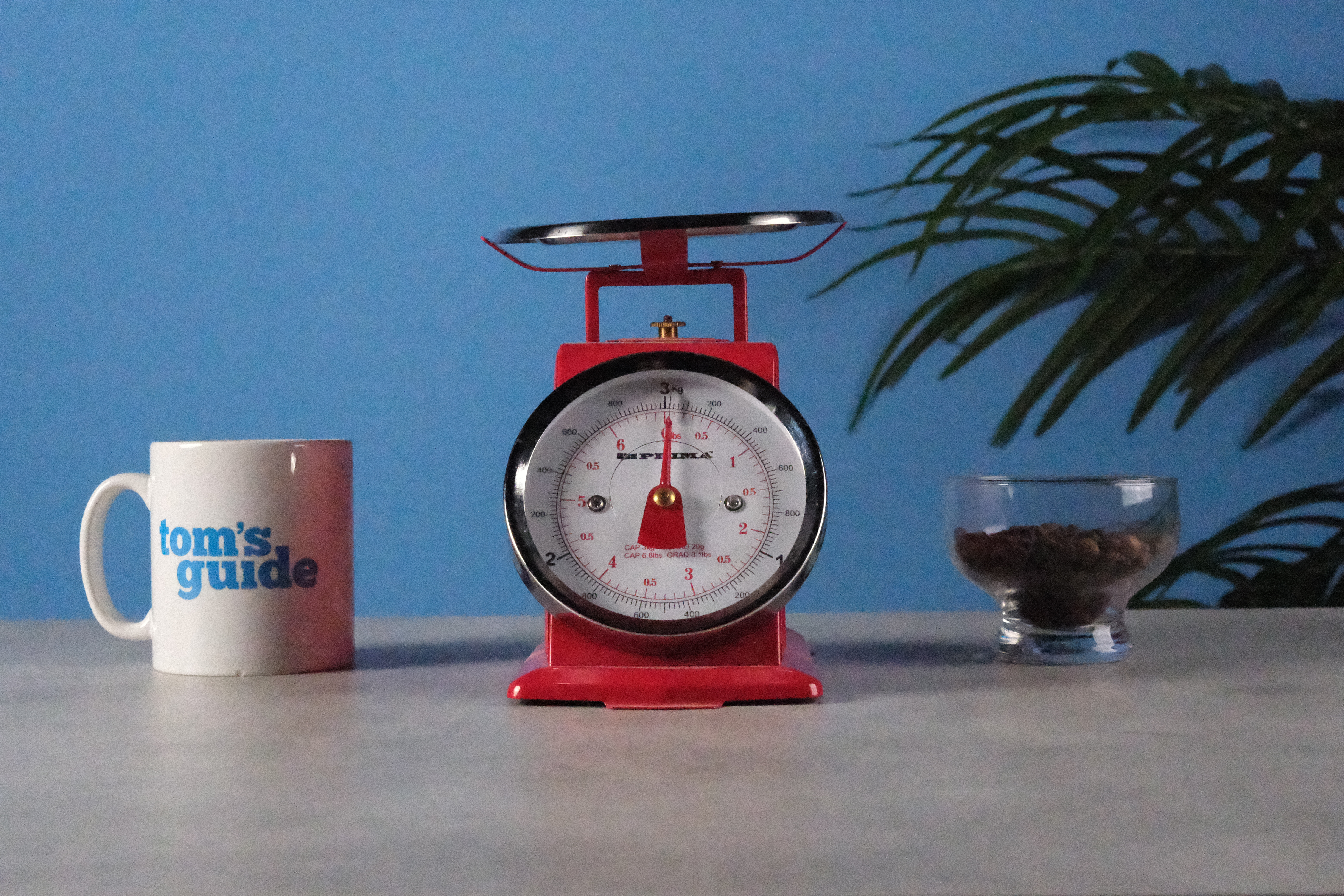
The second gallery above shows the out-of-camera JPEGs of the same photos with the camera’s default noise reduction applied. It’s essentially the same story, and the camera has done a fairly good job of smoothing out noise without totally ruining images, up to ISO25,600 at least.
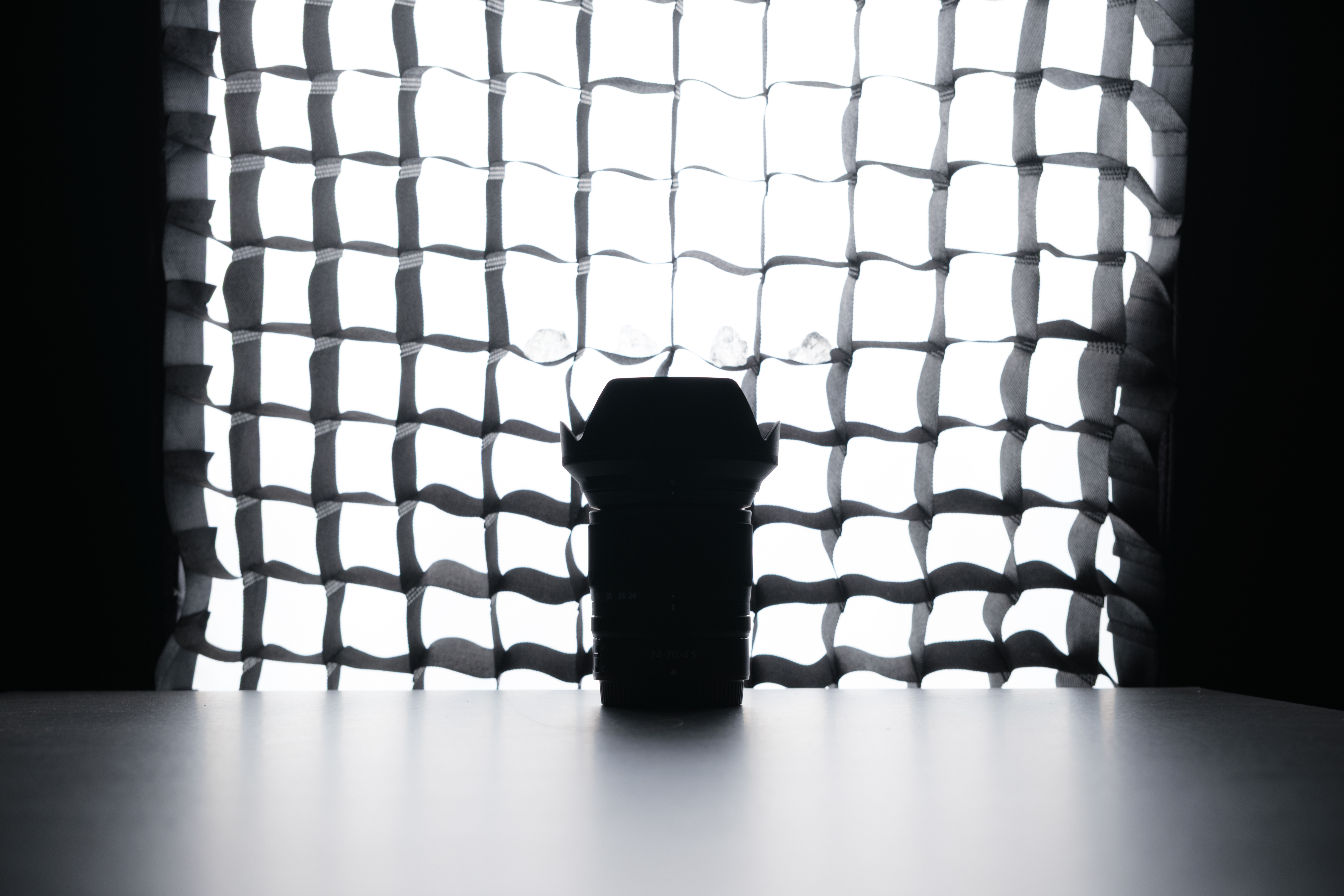

Dynamic range is again very respectable. The first image above is strongly backlit for a deliberately extreme dynamic range. The second image has been brightened up in Lightroom, where I was able to rescue highlights in the ice cubes above the lens. Lots of shadow detail has been revealed, although the shadows are quite noisy.
Still, this is an extreme test, and in real-world challenging dynamic ranges, the X-T30 III performed very well. In the backlit pumpkin photo above, which is a typical scenario, the camera has captured the deep shadows of the dark pumpkins, the broad range of vibrant colors, as well as the bright highlights of the windows in the background — these were only slightly blown out with detail recoverable in post.
Fujifilm X-T30 III review: Video performance

The X-T30 line has historically been geared towards stills rather than video, and that’s no different here. That said, as with most of Fuji’s lineup these days, the manufacturer has fitted the X-T30 III with enough video credentials to pique the interest of those who might fancy a spot of vlogging.
The X-T30 III shoots 6.2K video at 30fps, allowing you to crop into frame while maintaining 4K resolution. It also shoots 4K at 60fps and slow motion 240fps at 1080p. It also shoots 4:2:2 in 10-bit color, both at 6.2K, again giving you extra flexibility with color manipulation in the edit.
Naturally, you can also use the film simulations to grade in-camera, my favorite being Eterna Cinema, which is beautifully soft and ethereal. You can see a short video all shot in Eterna Cinema at 4K/60fps above.
Again, though, this isn’t a video or even a vlogging camera. There’s no F-Log, no vari-angle screen for video, and, of course, no IBIS. The latter isn’t a huge deal, as many Fuji lenses feature O.I.S — you can see the difference that makes in the video above — but IBIS is ideal for video, allowing for extra smooth handheld footage and giving you more flexibility with lens choice.
If you want a camera for vlogging and video content creation, you should look at the Fujifilm X-S20 or the Sony a6700.
Fujifilm X-T30 III review: Battery life

The X-T30 III uses Fujifilm’s NP-W126S battery, as found in many other Fuji cameras like the Fujifilm X-E5, X-T50, and the X-T30II. It’s a much smaller battery than the NP-W235S battery found in the Fujifilm X-T5 (which can achieve up to 780 shots).
Thanks to the X-Processor 5, the X-T30 III is more power-efficient than the previous models, and Fuji rates the NP-W126S for 315 shots in this camera in normal mode. That’s along CIPA testing lines, though, which result in fairly conservative figures. I was able to push the camera into the high 300s before needing to charge. In eco mode, Fuji claims you should be able to achieve 425 shots, which rings true with my testing — again, I’d say that’s probably a little conservative.
This is a much stronger performance than the Nikon Z50II, which is rated for a paltry 250 shots and topped out at 275-300 in my testing. The Canon EOS R50, though, is rated for 440 shots.
Fujifilm X-T30 III review: Verdict
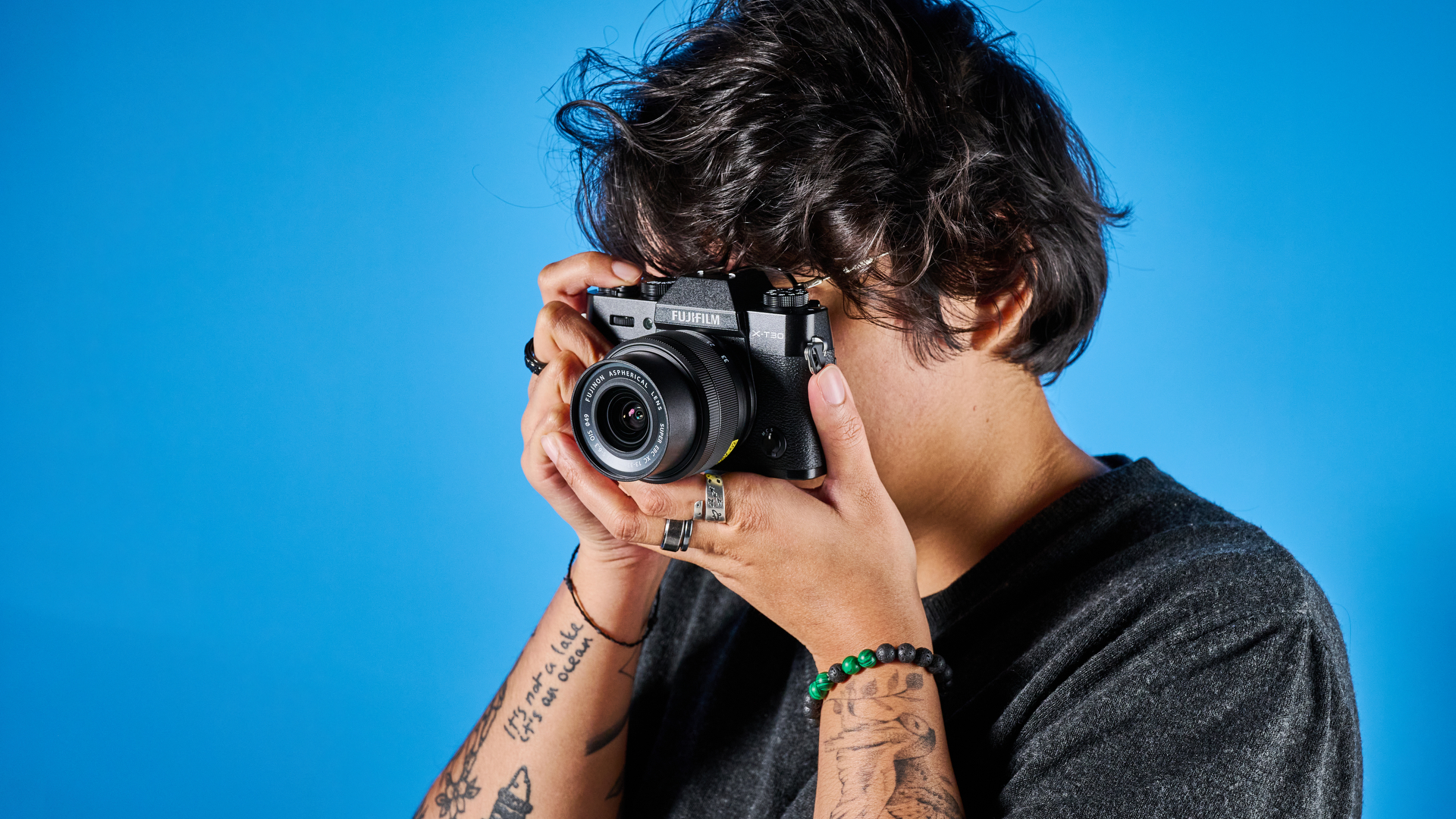
The premium entry-level market is a close-run contest, but one that I think the X-T30 III just about edges. In the U.S., it’s pricey for an entry-level camera, I admit, and has had a $100 price hike over its predecessor. In the U.K., though, it’s priced fairly competitively, with only a teensy increase over the prior model.
Besides, the X-T30 III is cheaper than the Nikon Z50II. And it definitely earns its increased price over the more affordable EOS R50. The Fuji is built better than both: it has a better sensor with more resolution, offers a retro tactile shooting experience, and just oozes style.
I wish Fuji would sort out that heinous Q button, although that aside, the X-T30 III barely puts a foot wrong. It’ll give new photographers everything they need to take beautiful photos, with extremely competent AF and stunning stylized images. Lenses are aplenty, too, and it’ll happily shoot the odd video, should the need arise. I think we might’ve just found our new champ.

Peter is a Senior Editor at Tom's Guide, heading up the site's Reviews team and Cameras section. As a writer, he covers topics including tech, photography, gaming, hardware, motoring and food & drink. Outside of work, he's an avid photographer, specialising in architectural and portrait photography. When he's not snapping away on his beloved Fujifilm camera, he can usually be found telling everyone about his greyhounds, riding his motorcycle, squeezing as many FPS as possible out of PC games, and perfecting his espresso shots.
You must confirm your public display name before commenting
Please logout and then login again, you will then be prompted to enter your display name.
